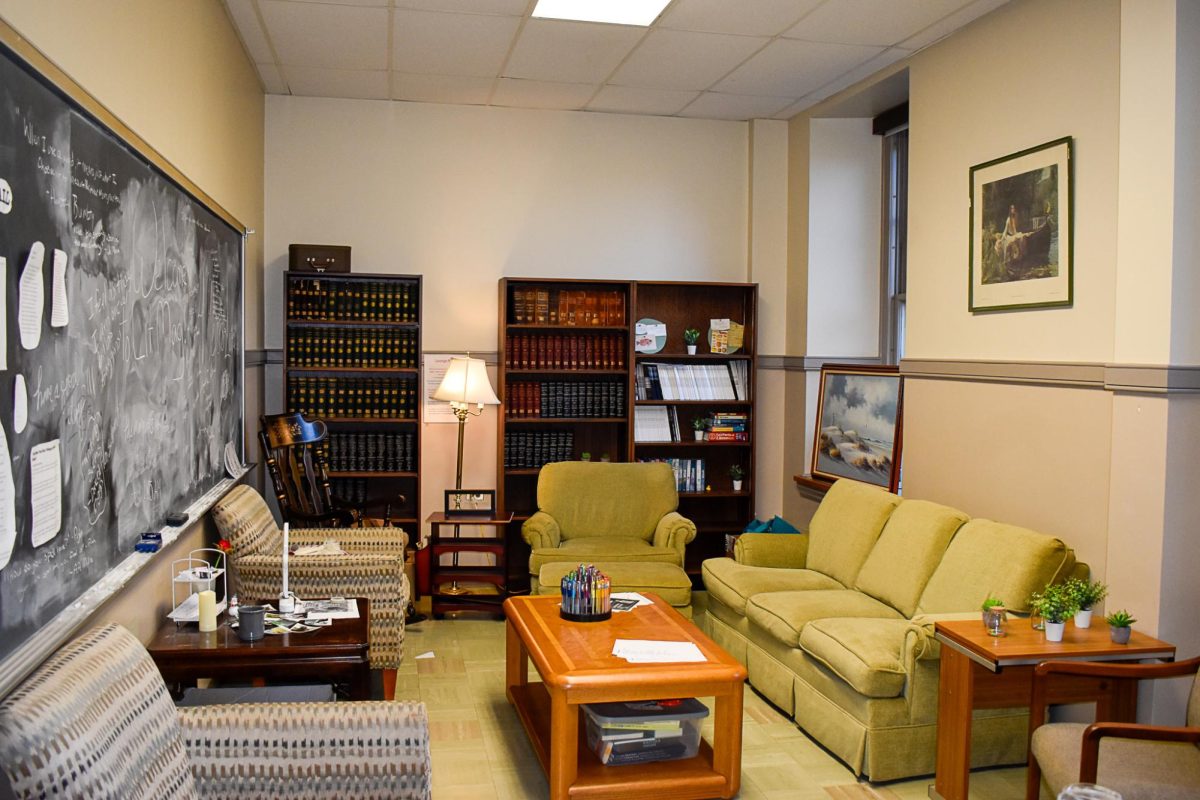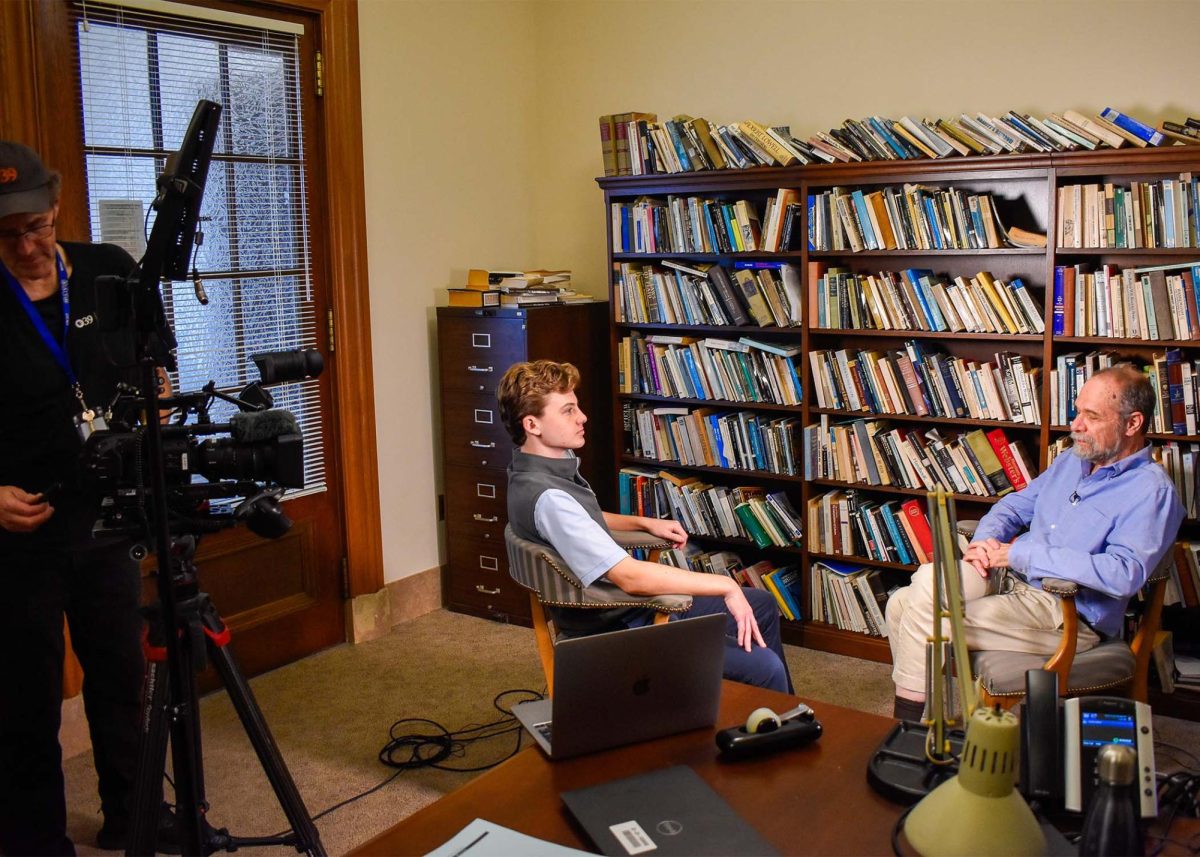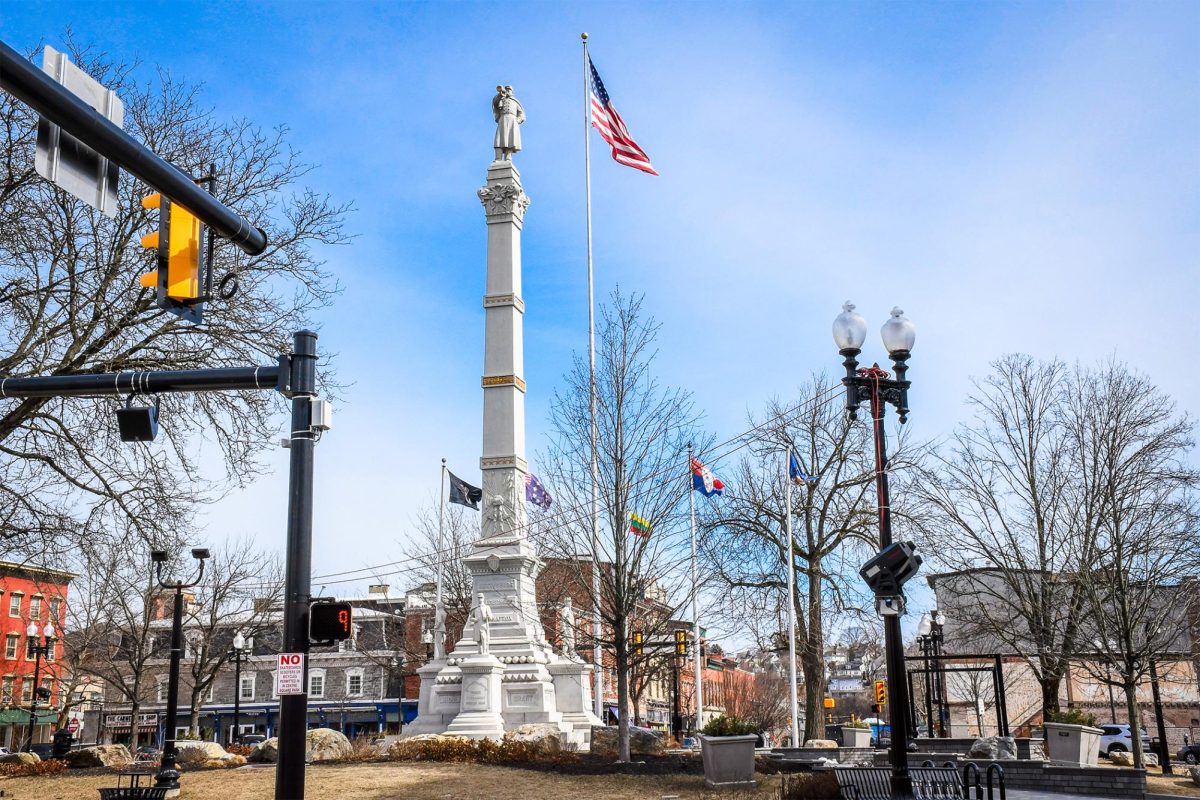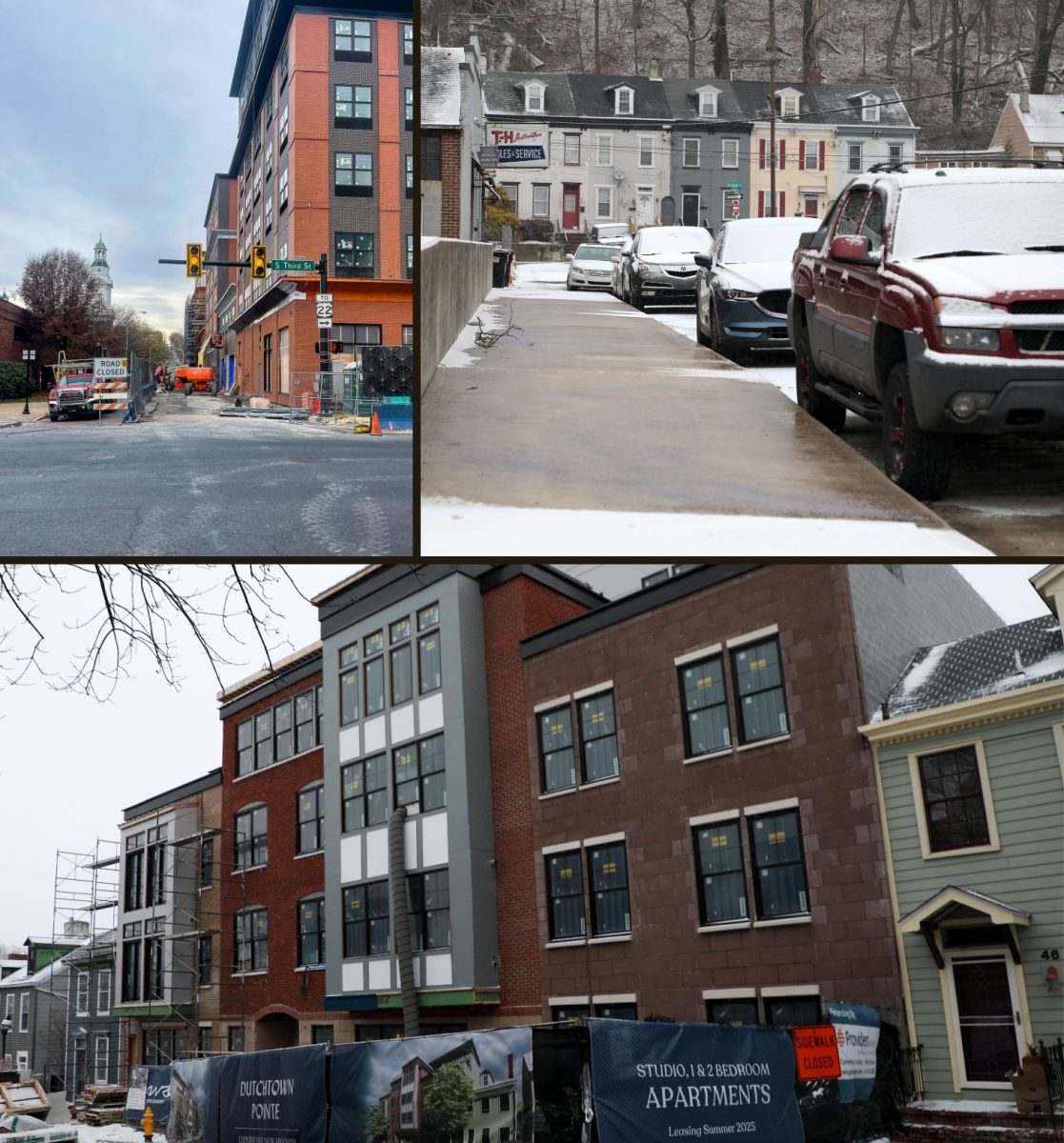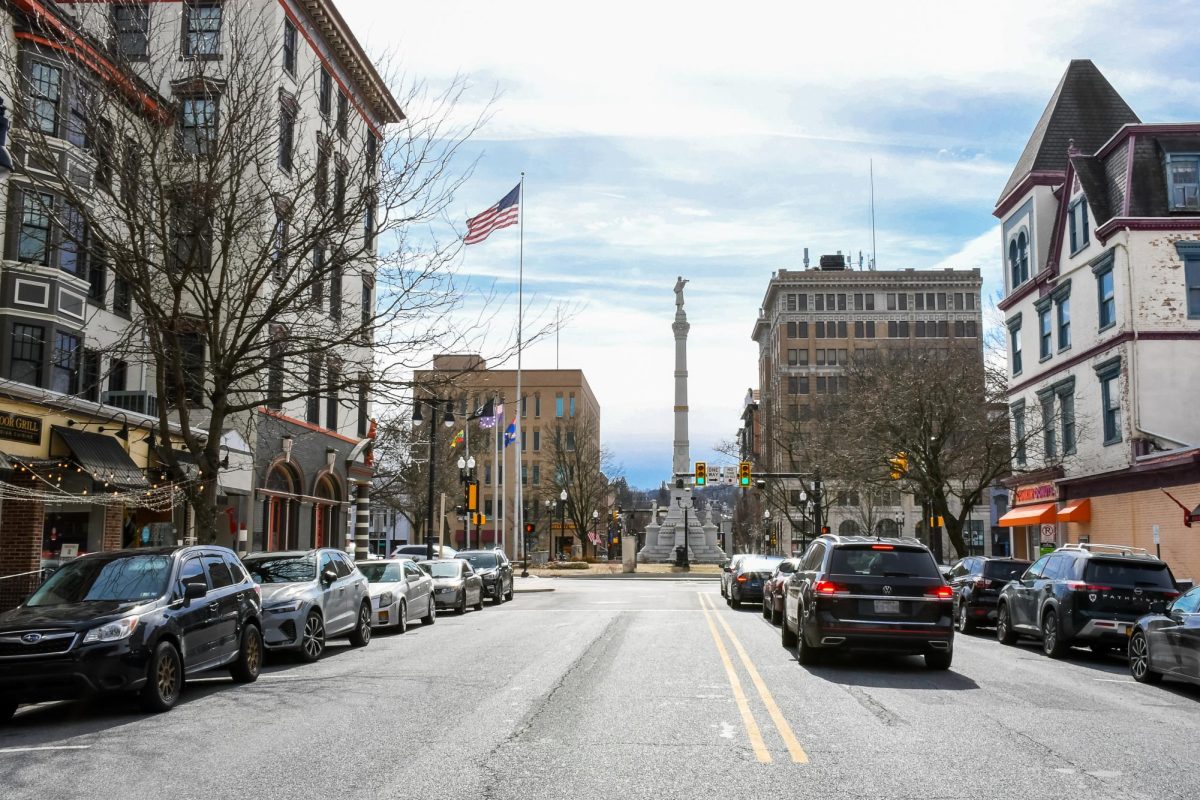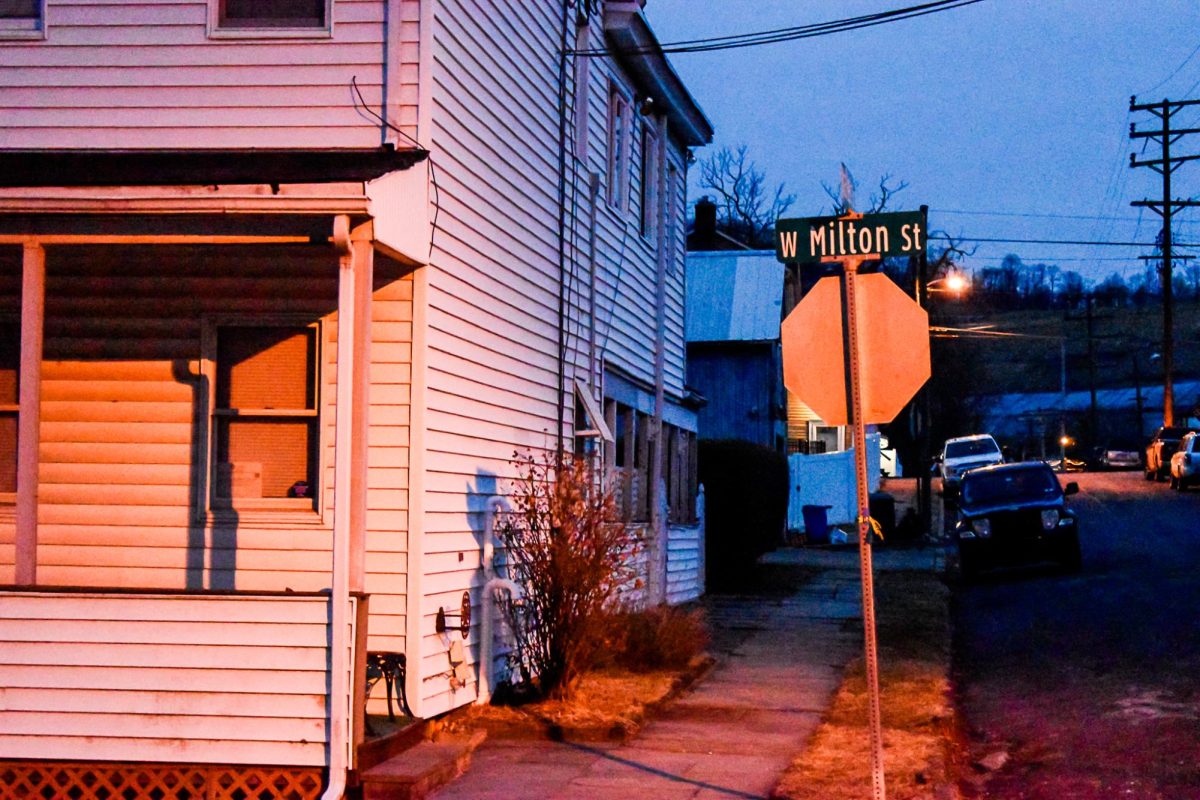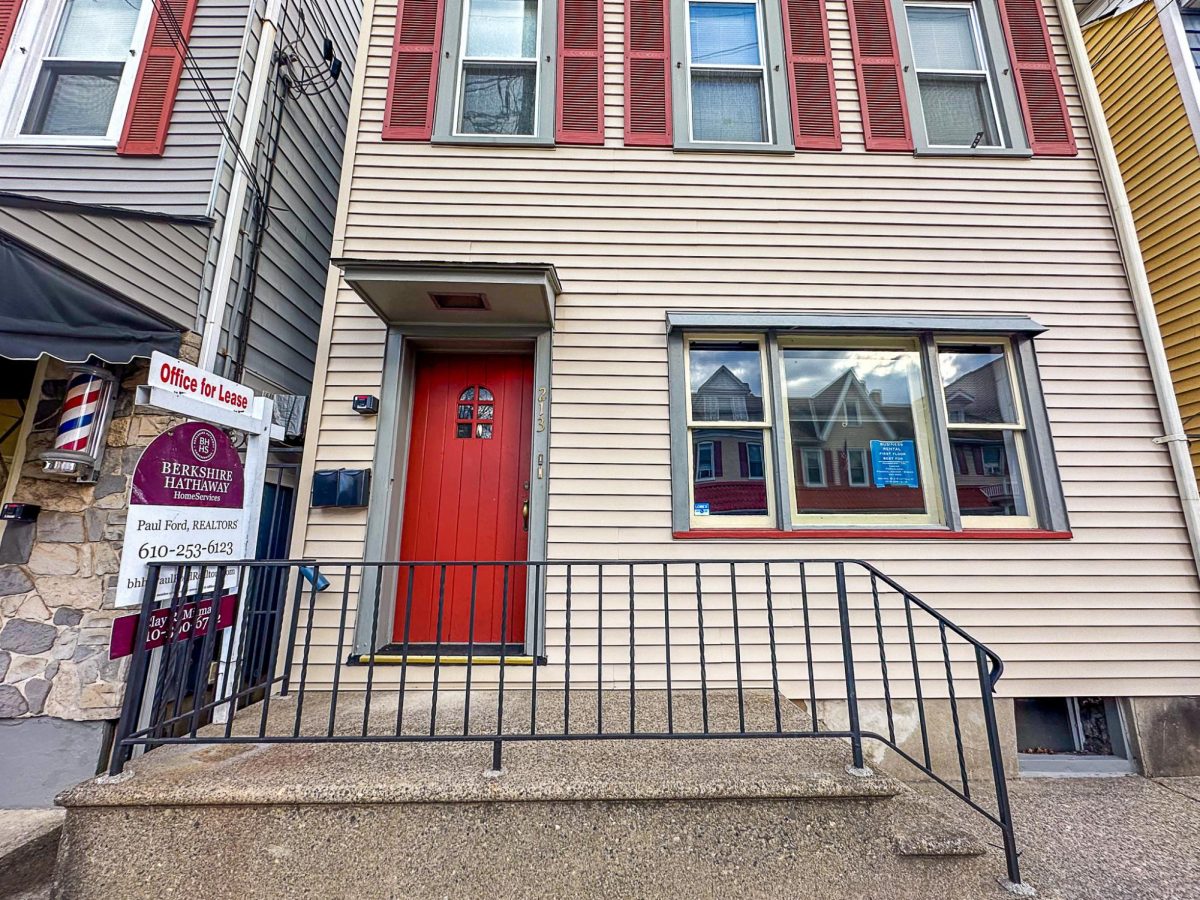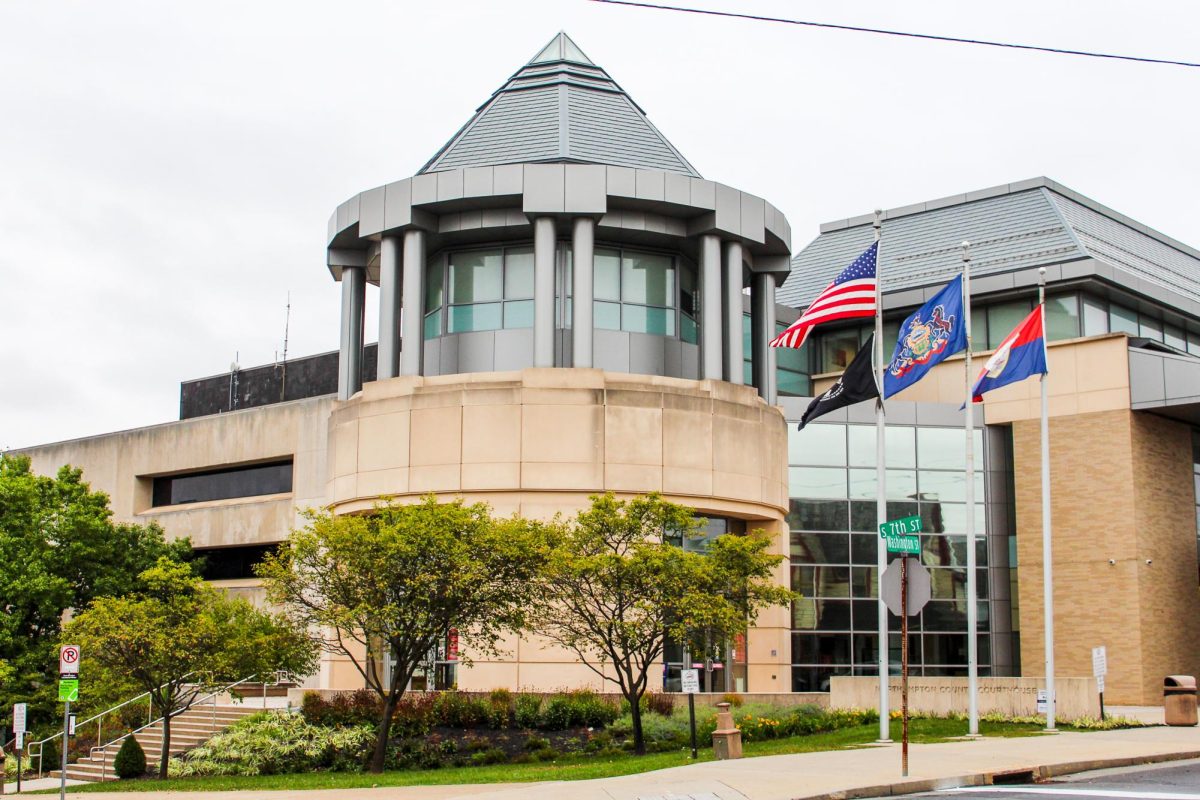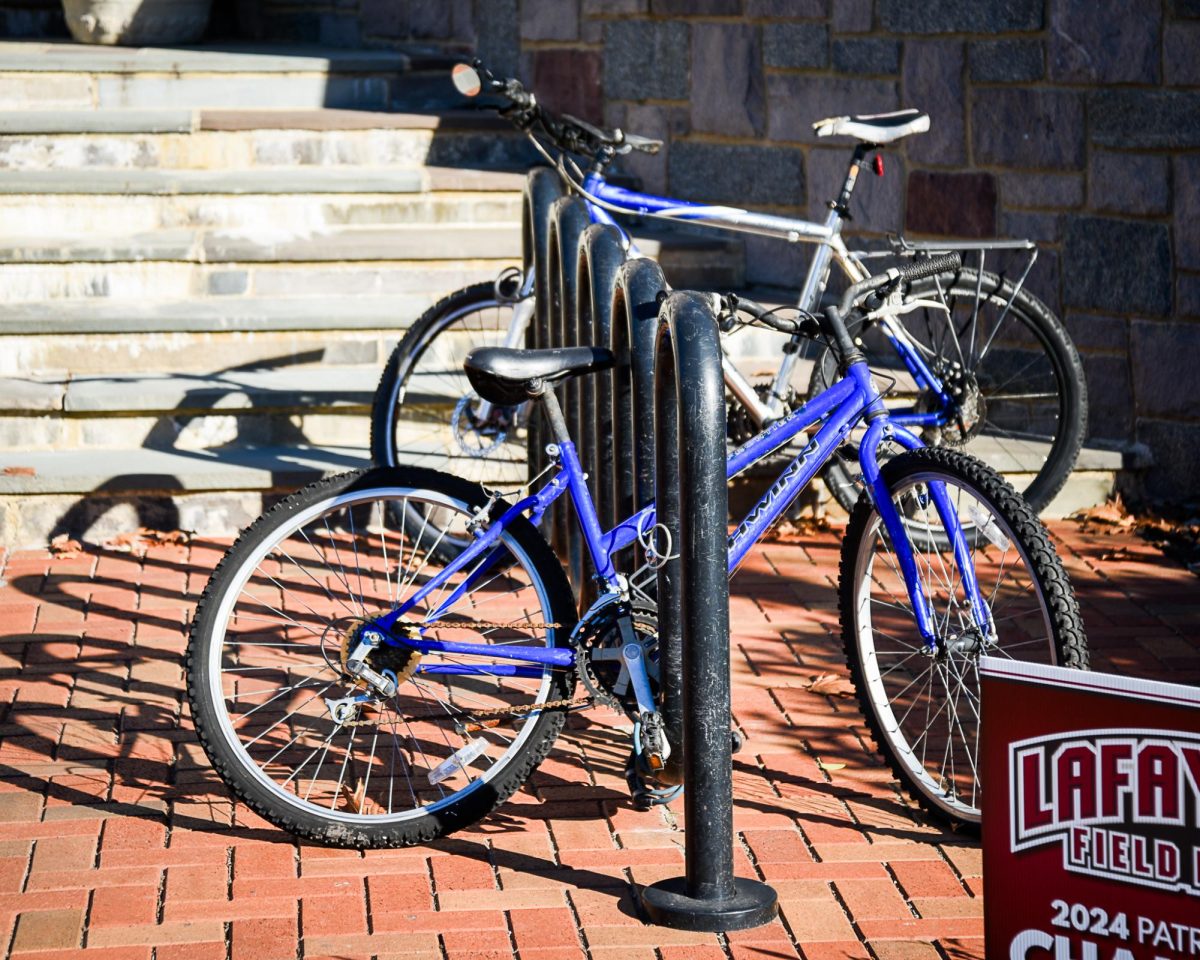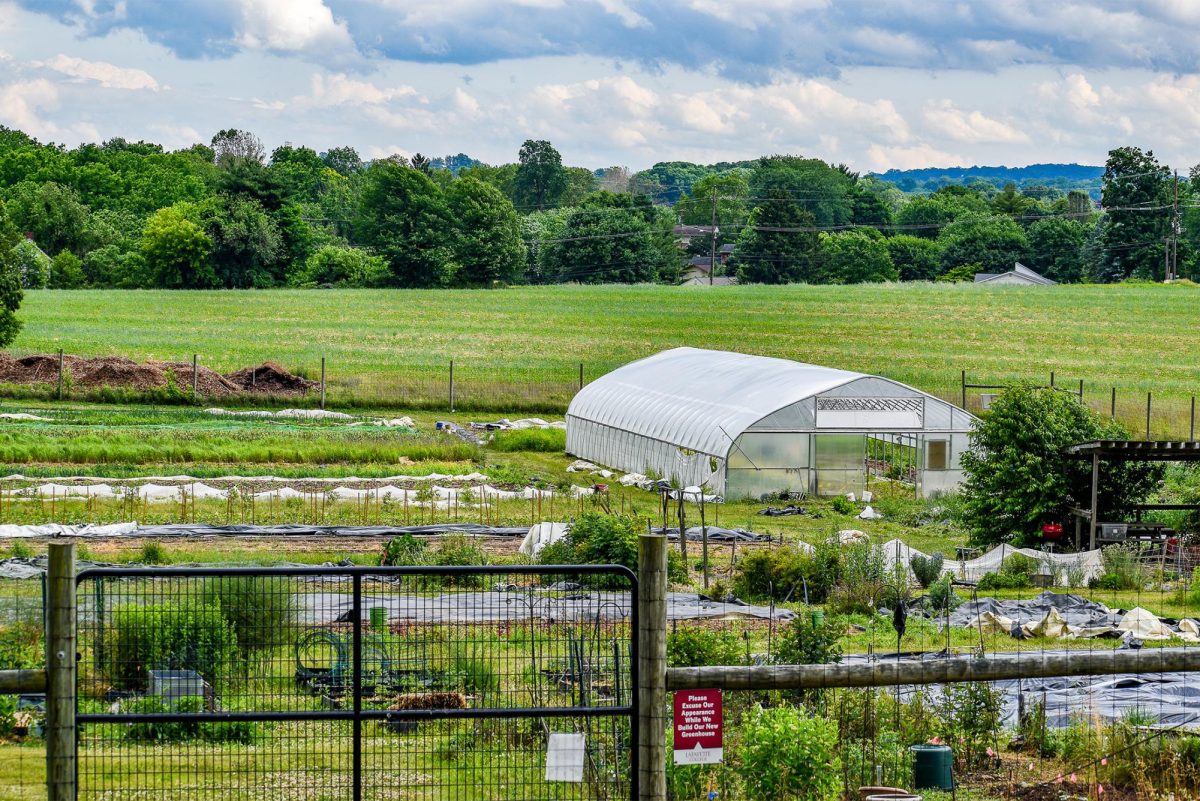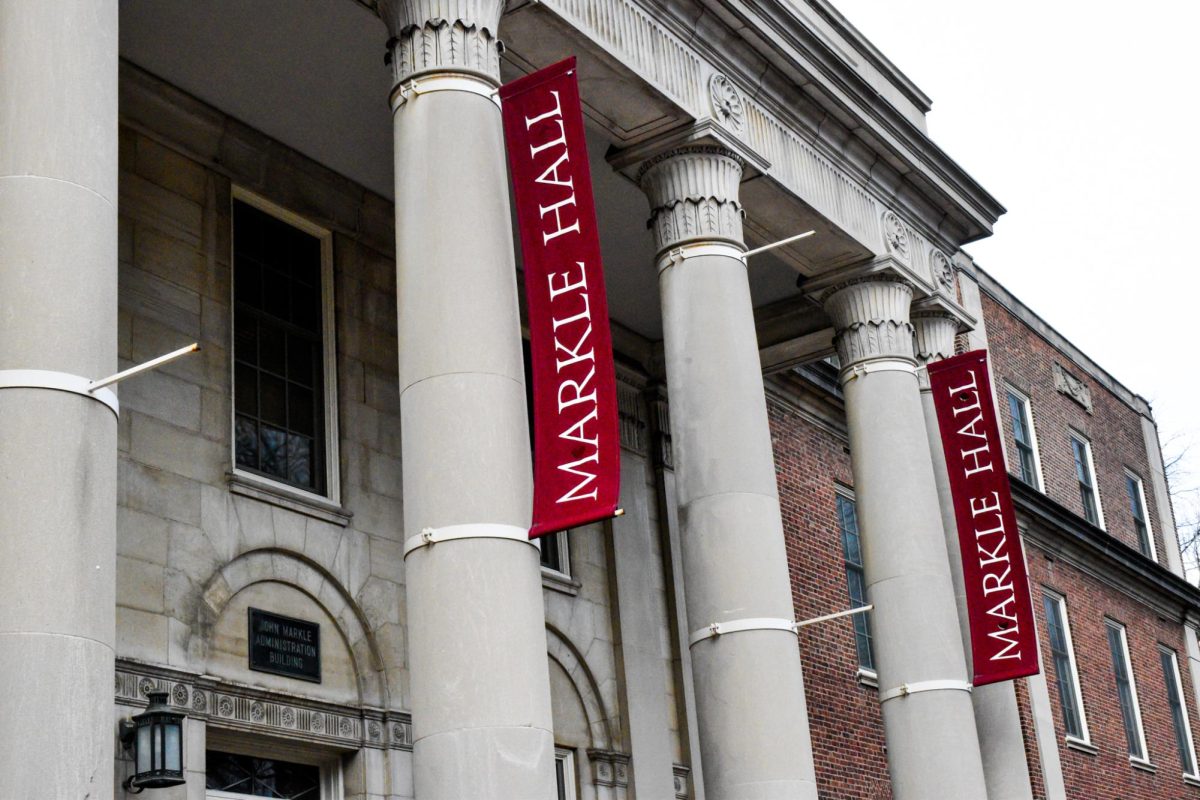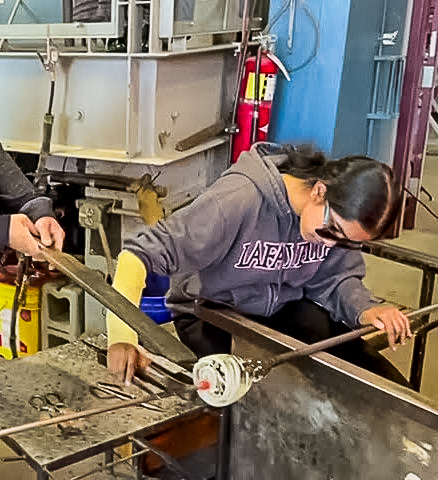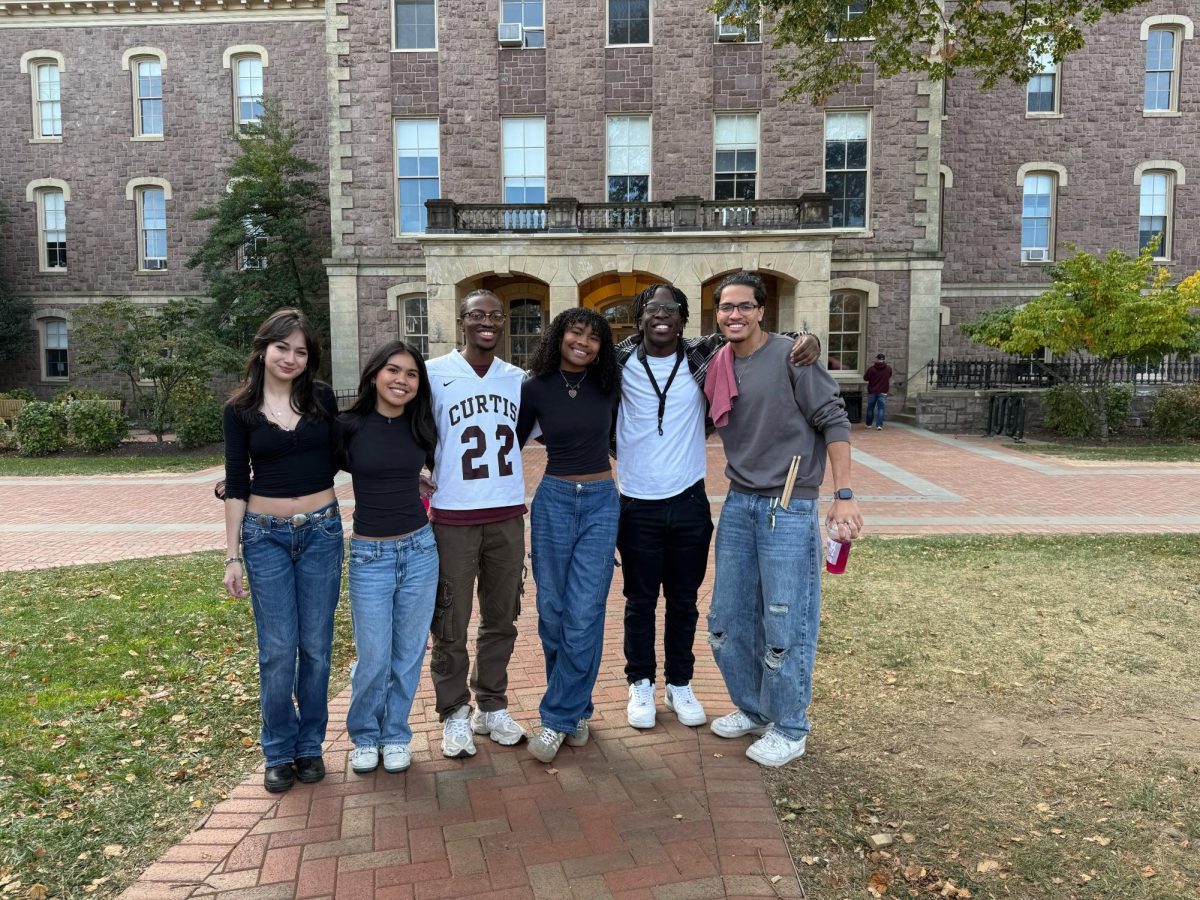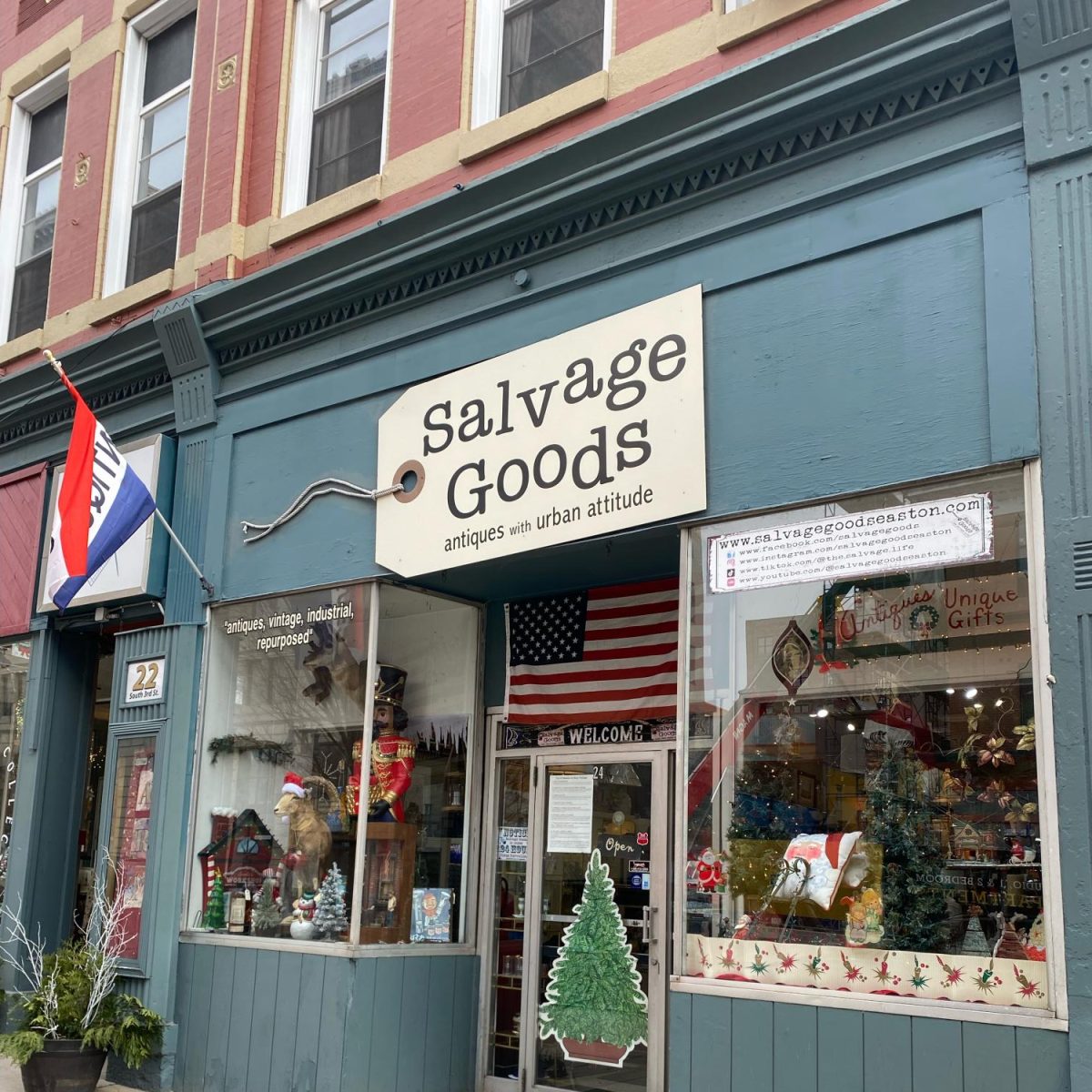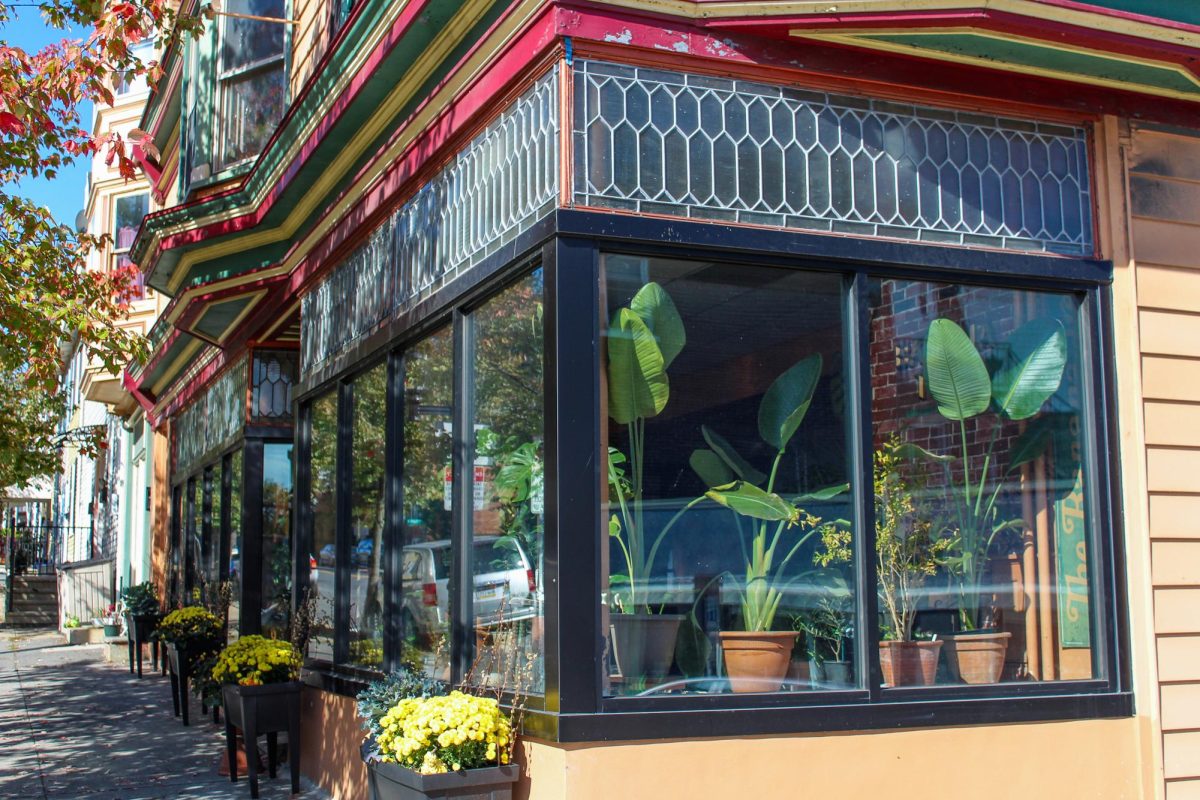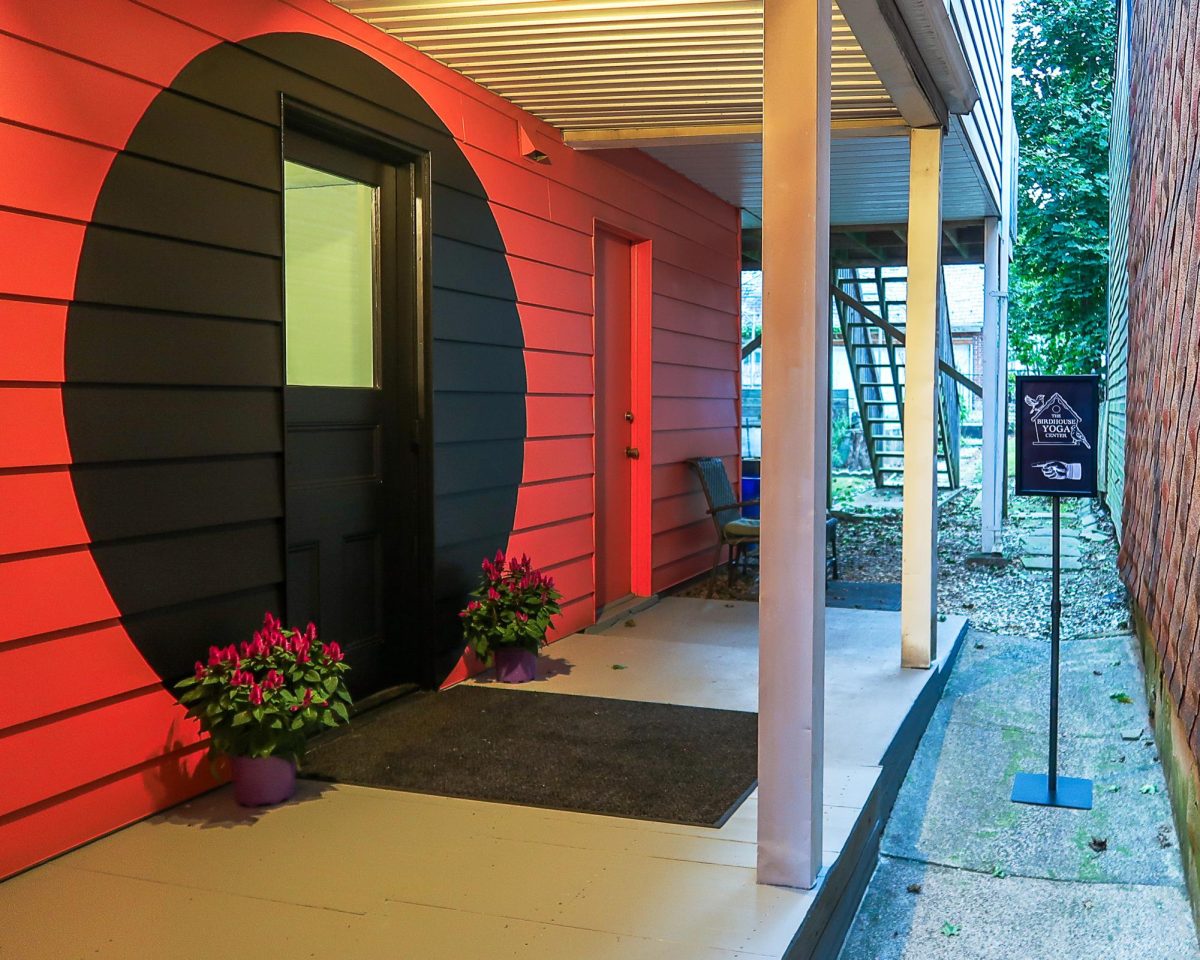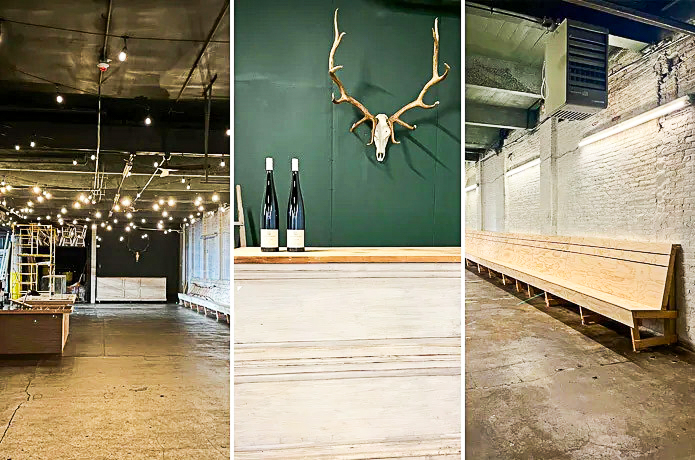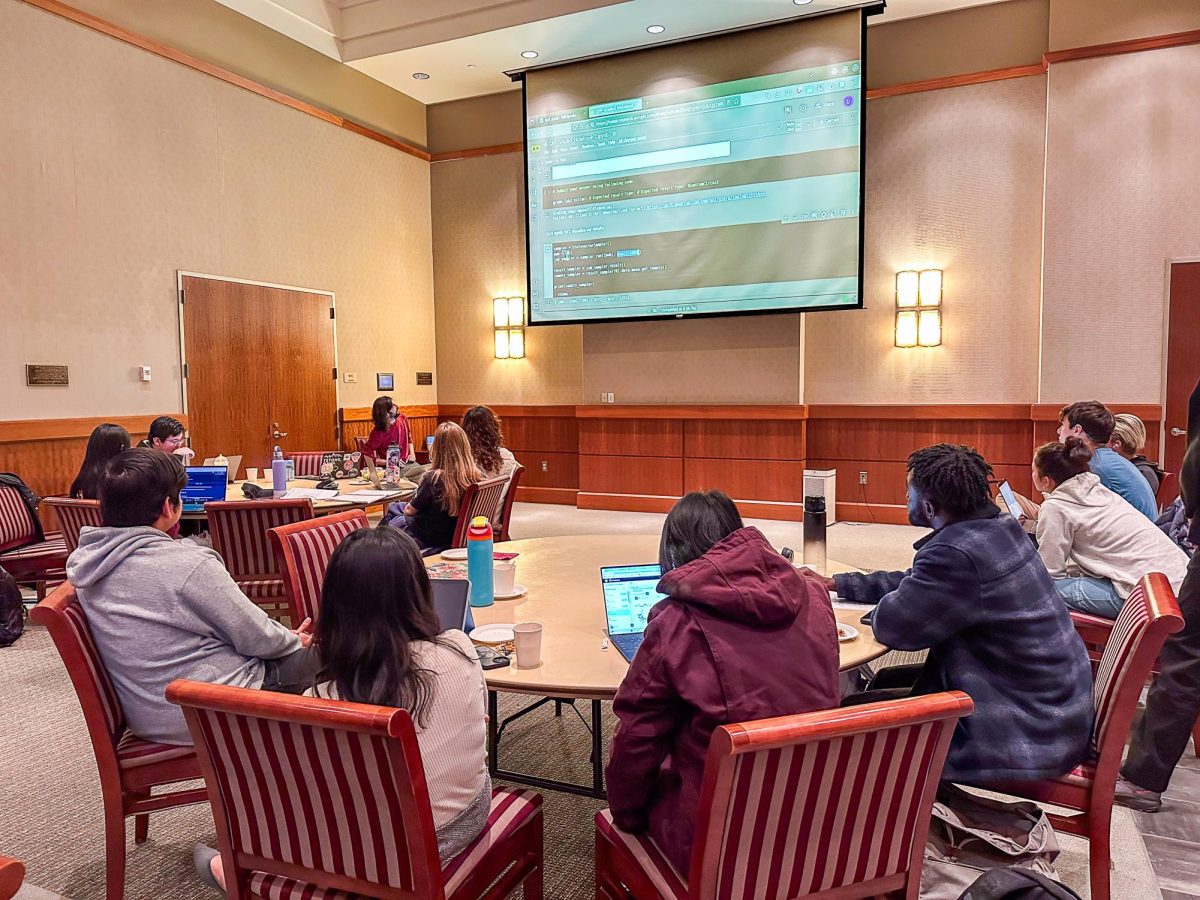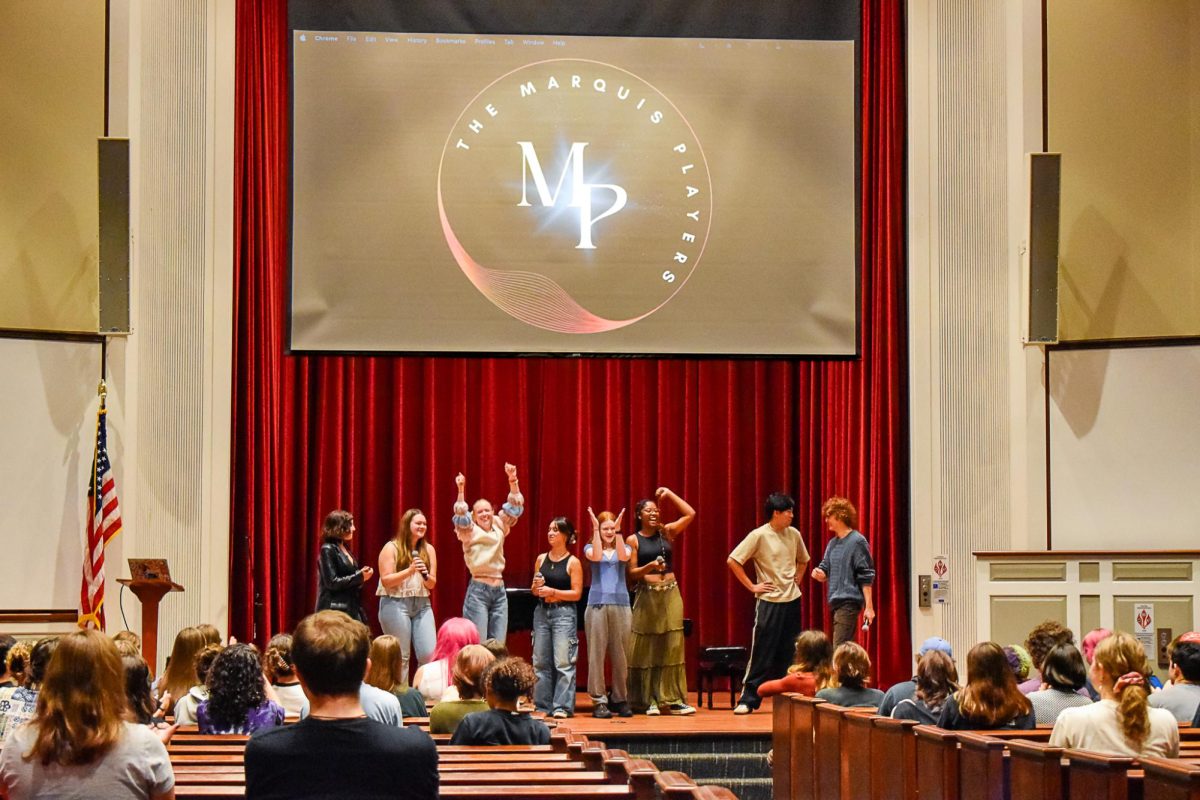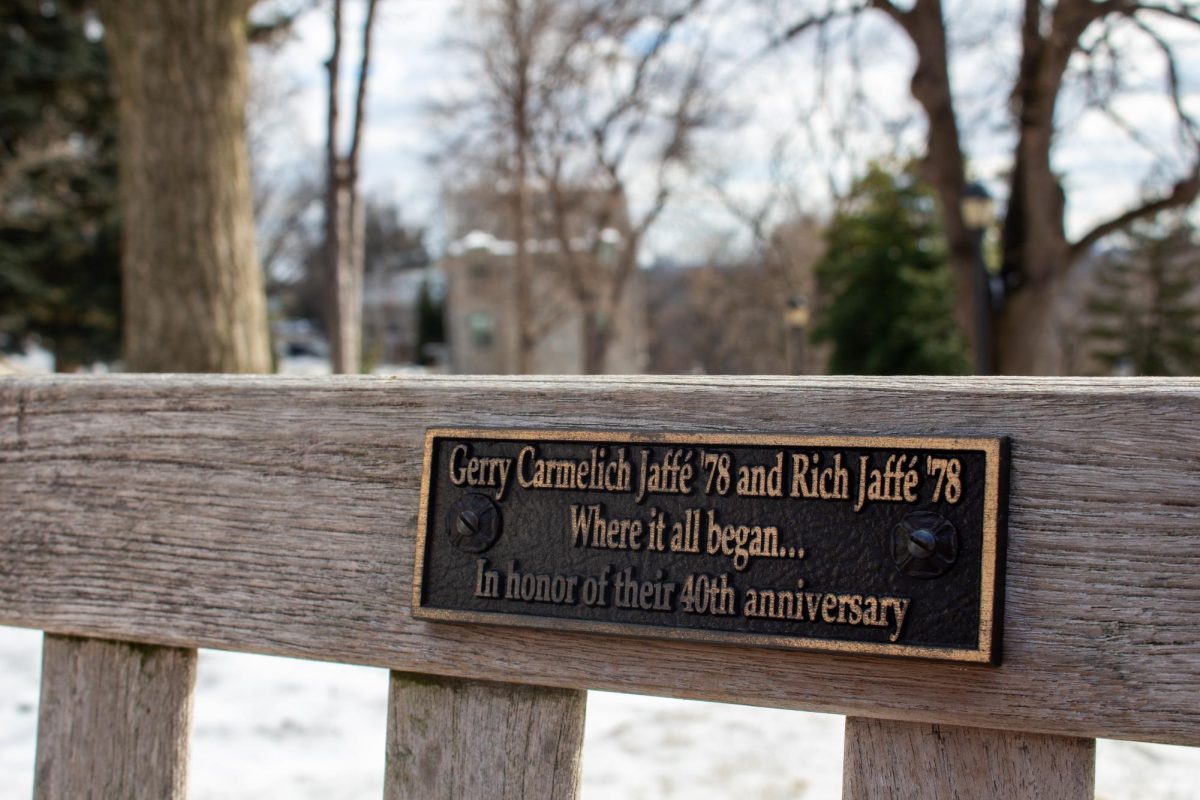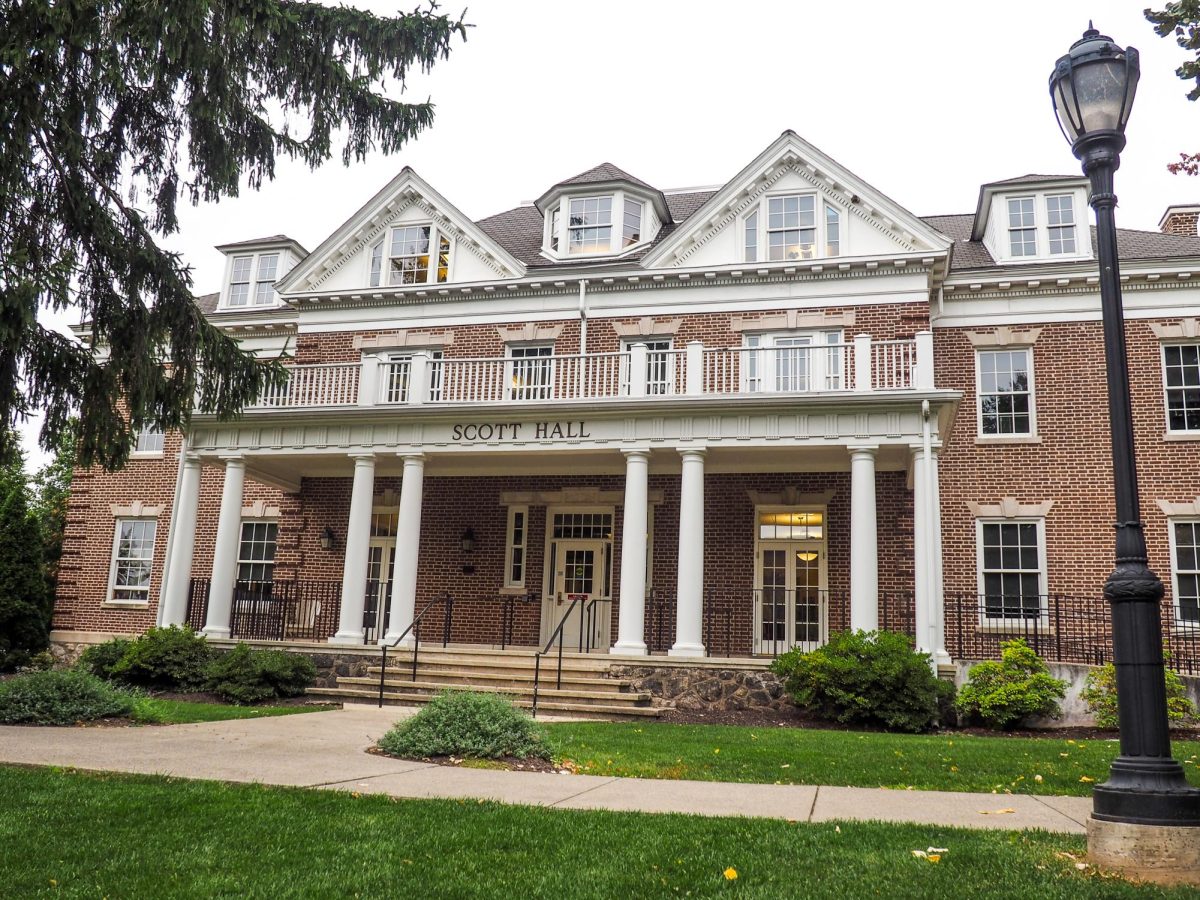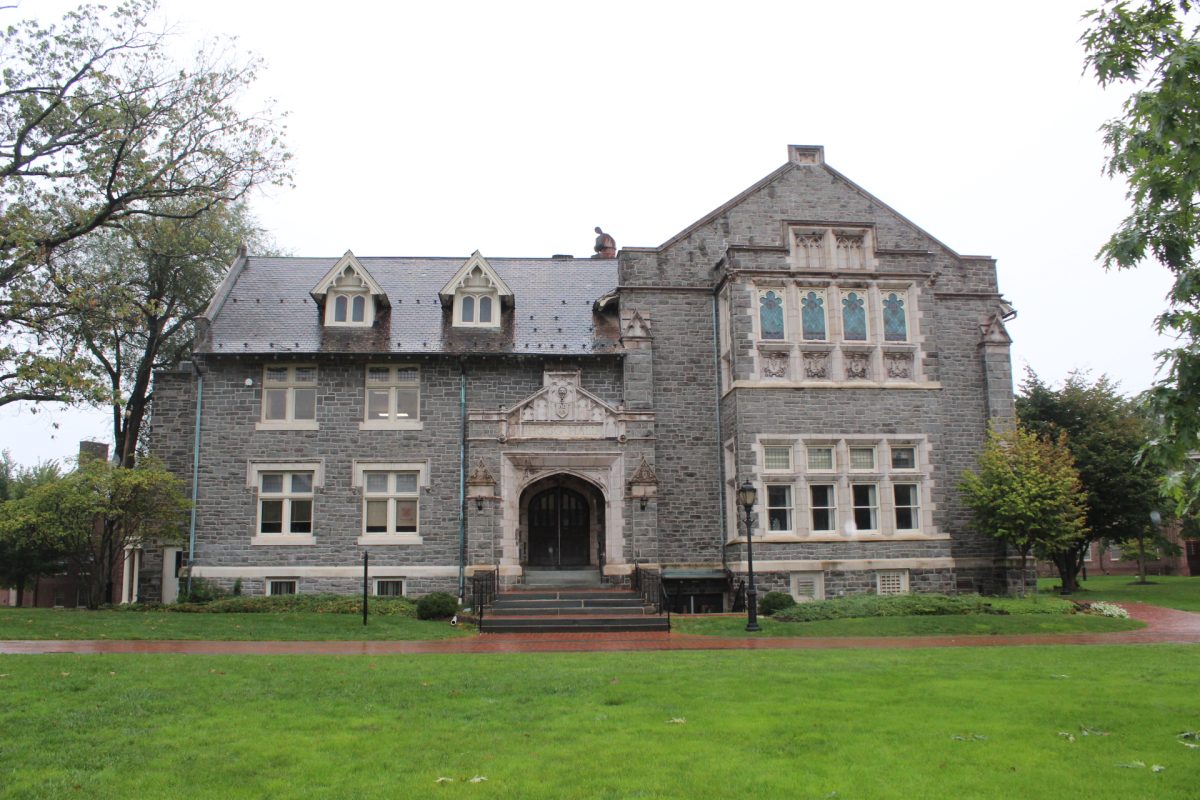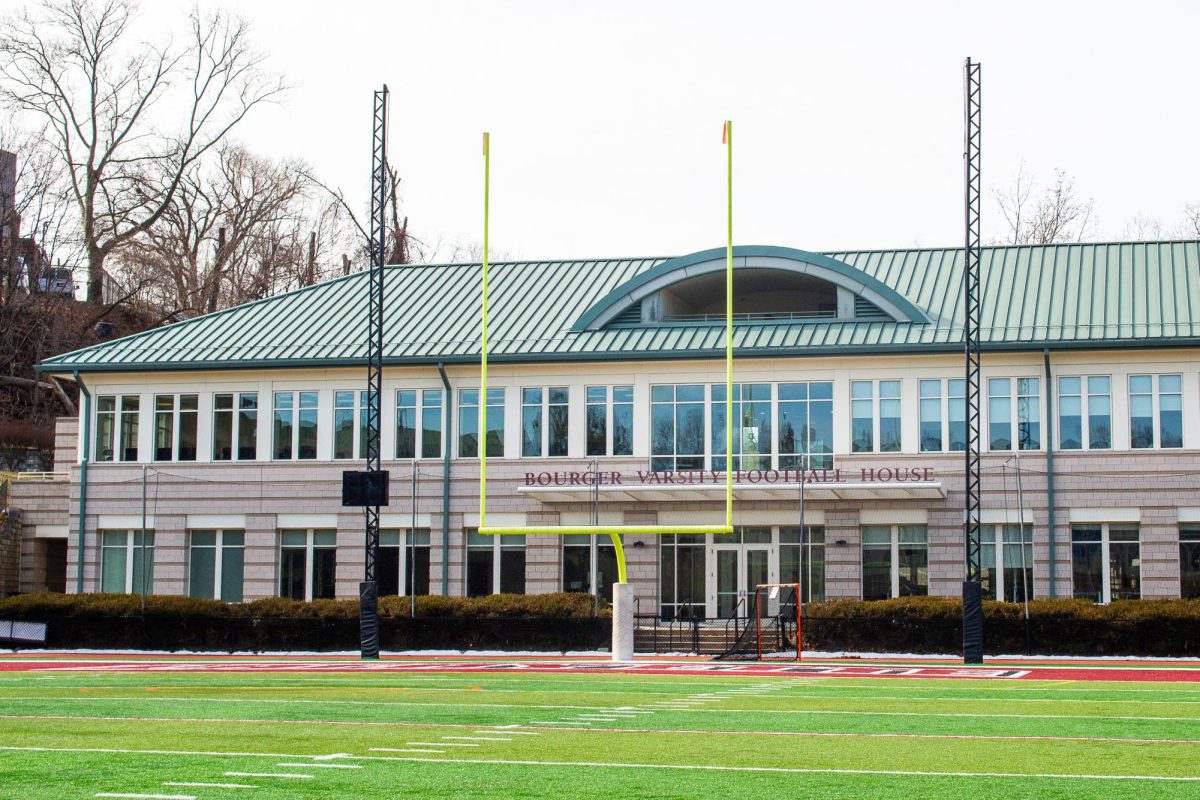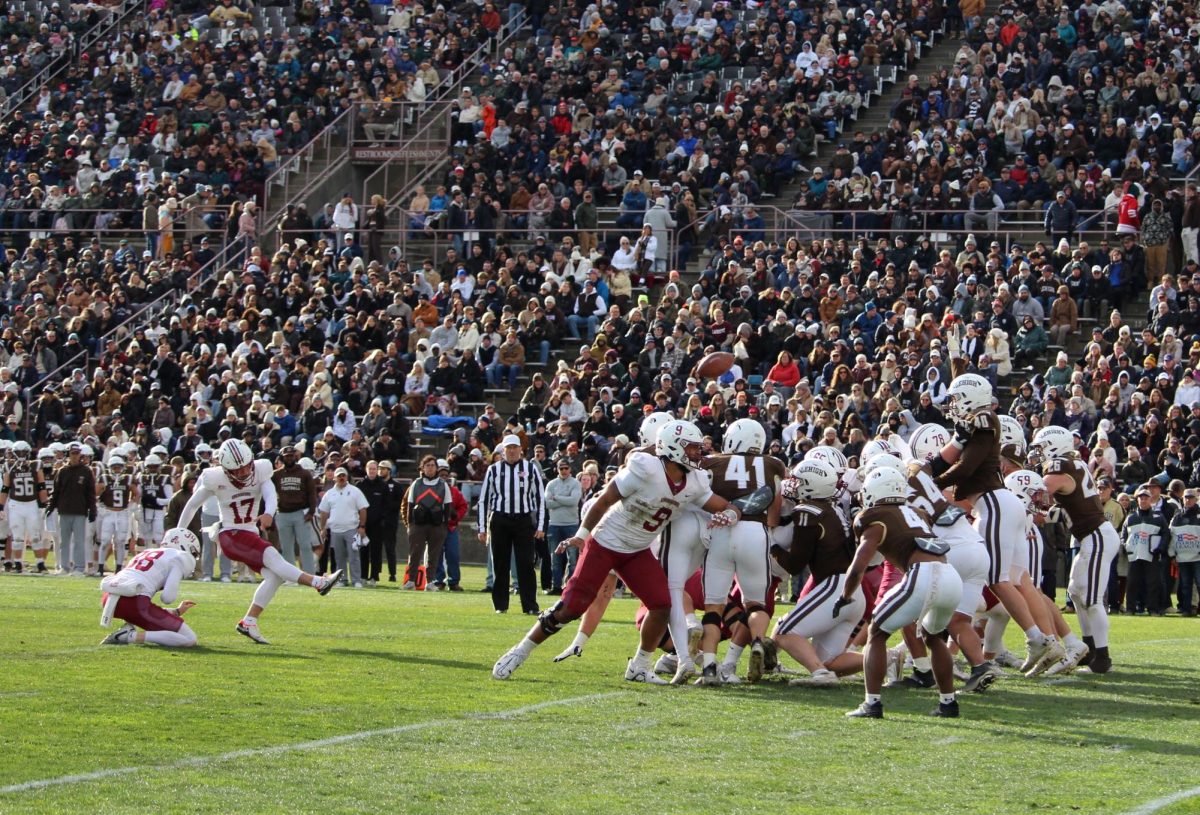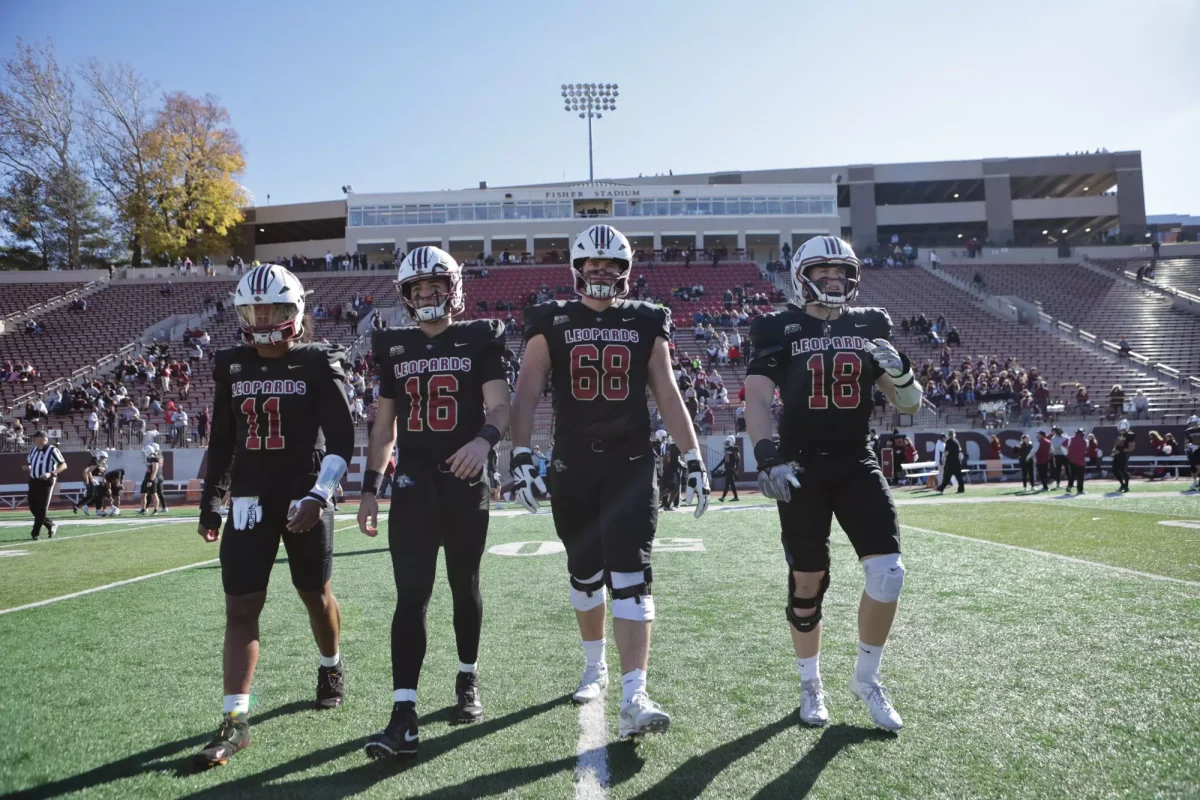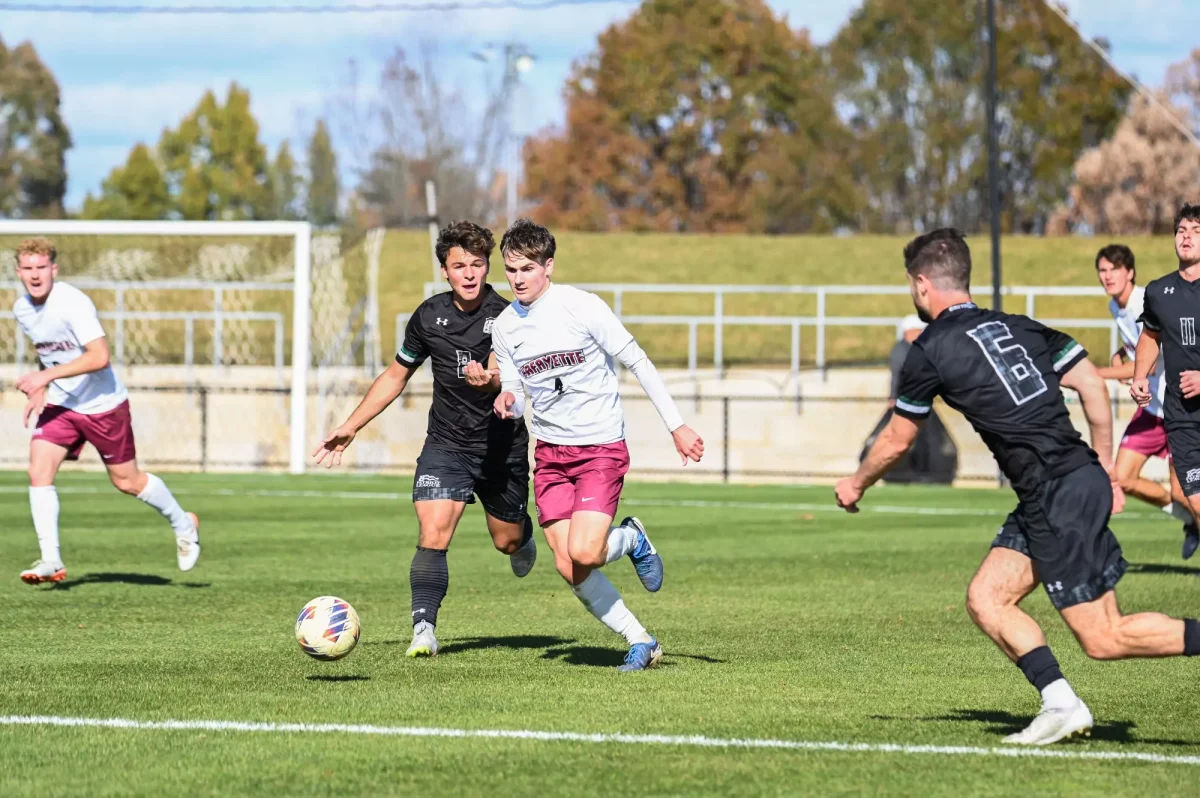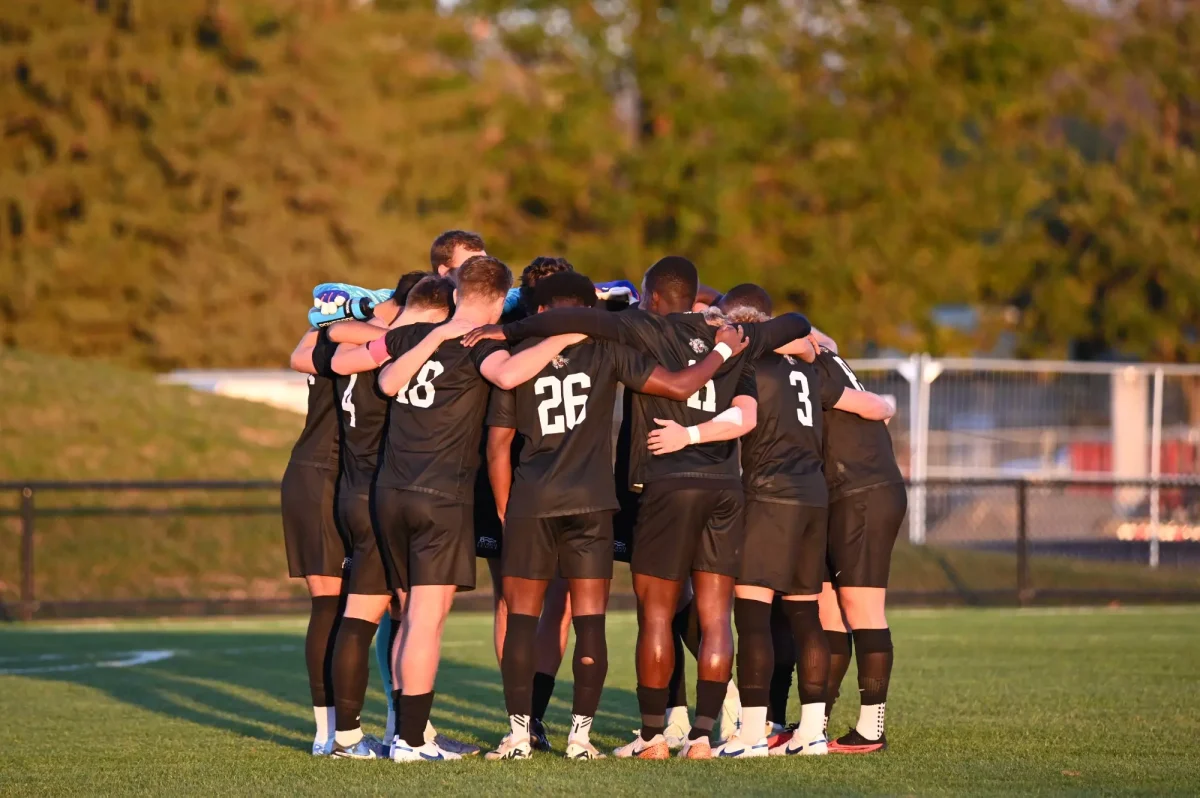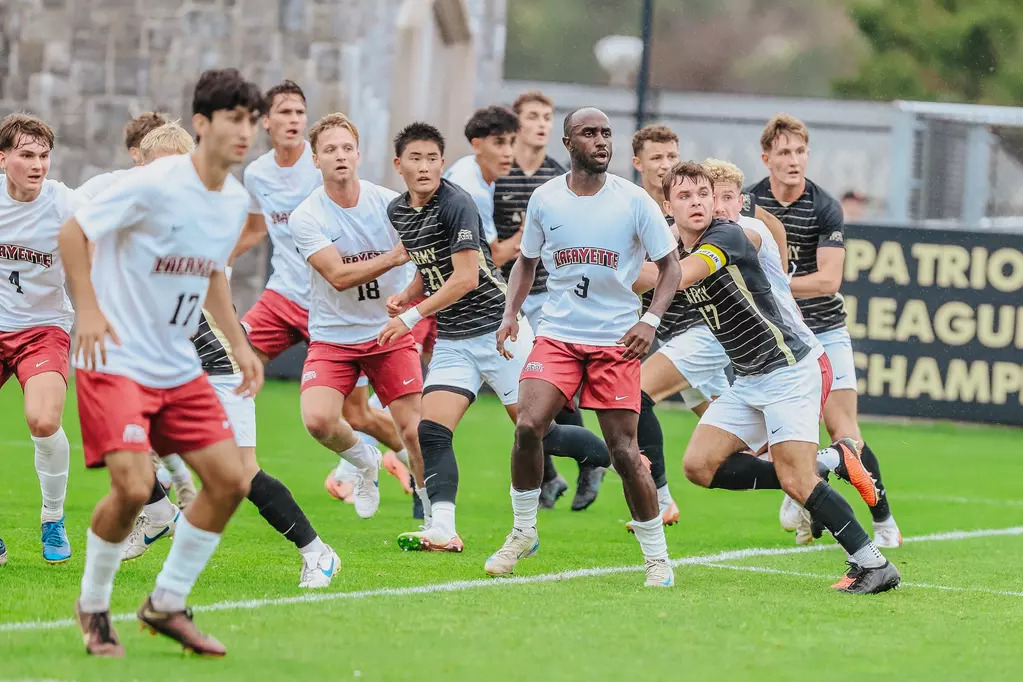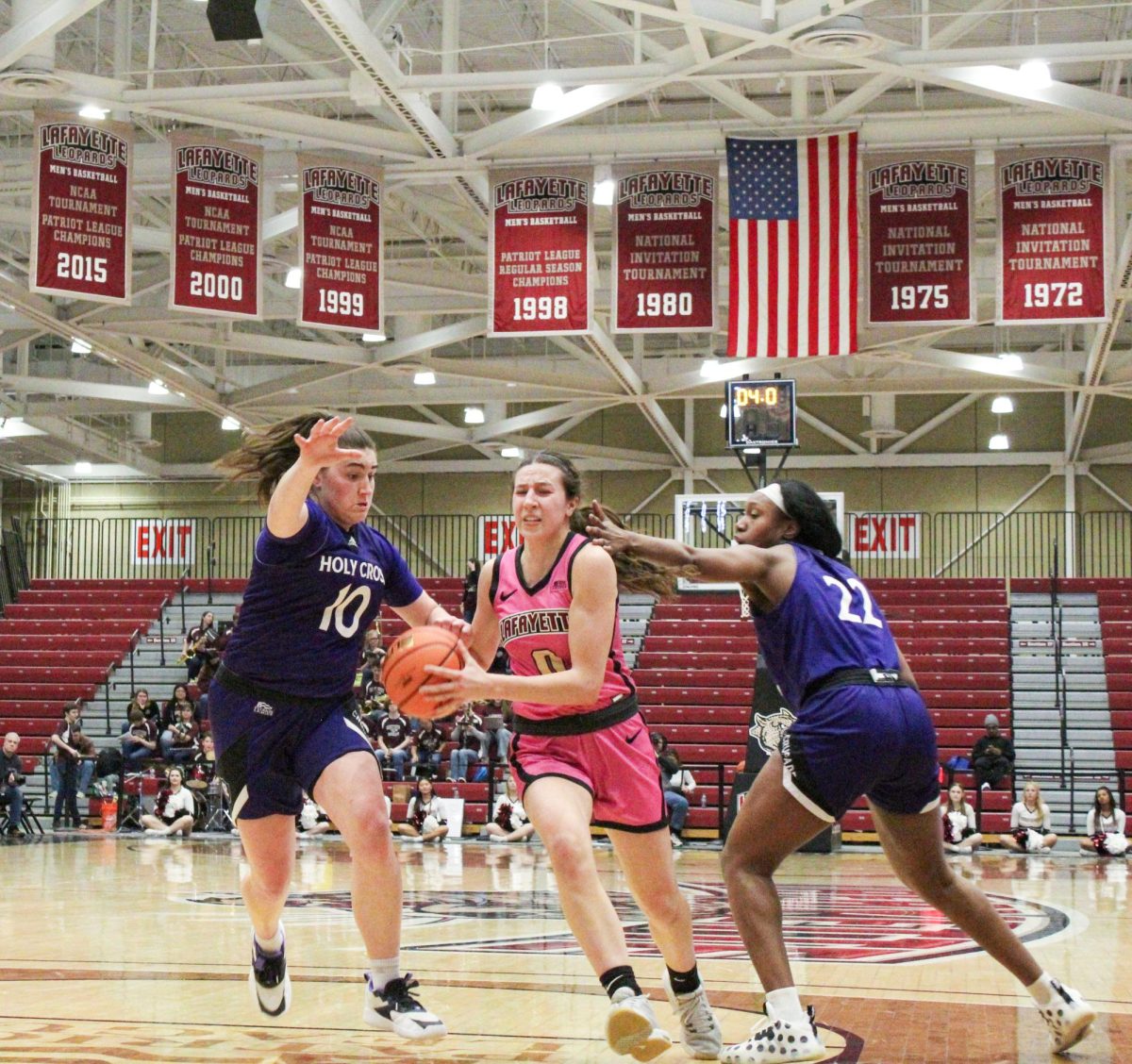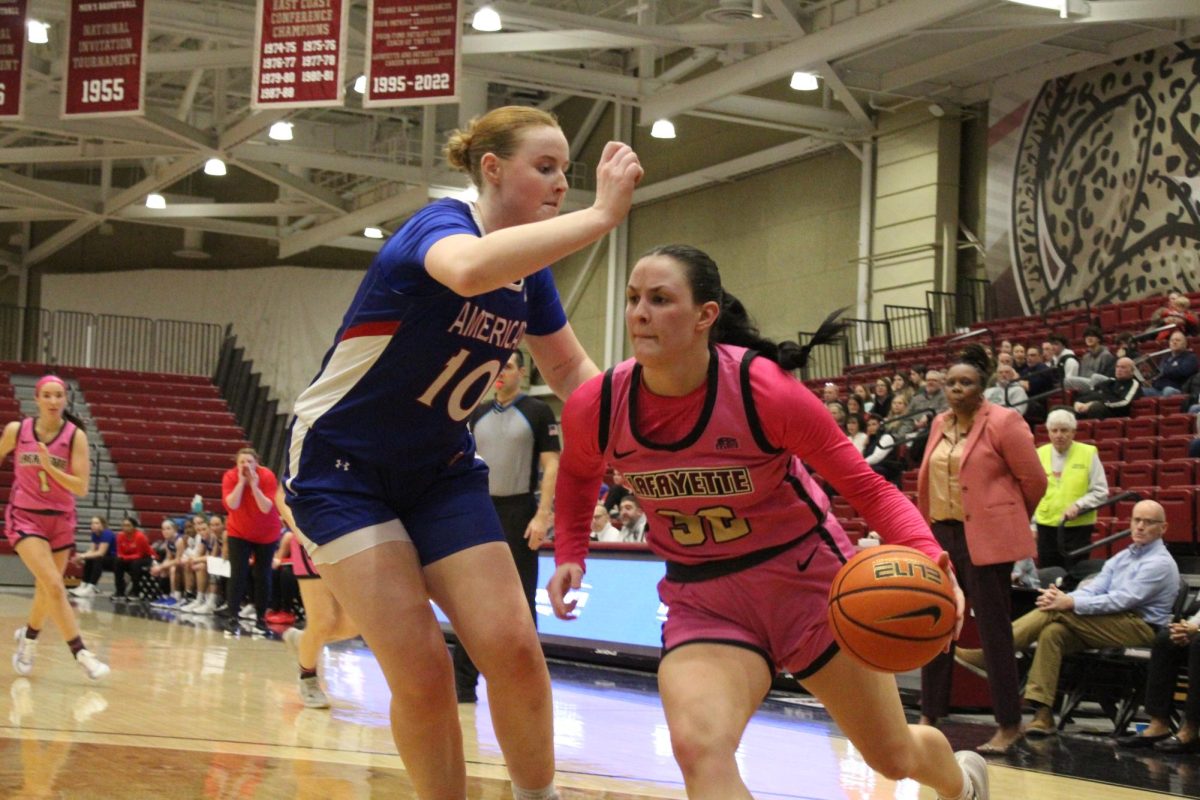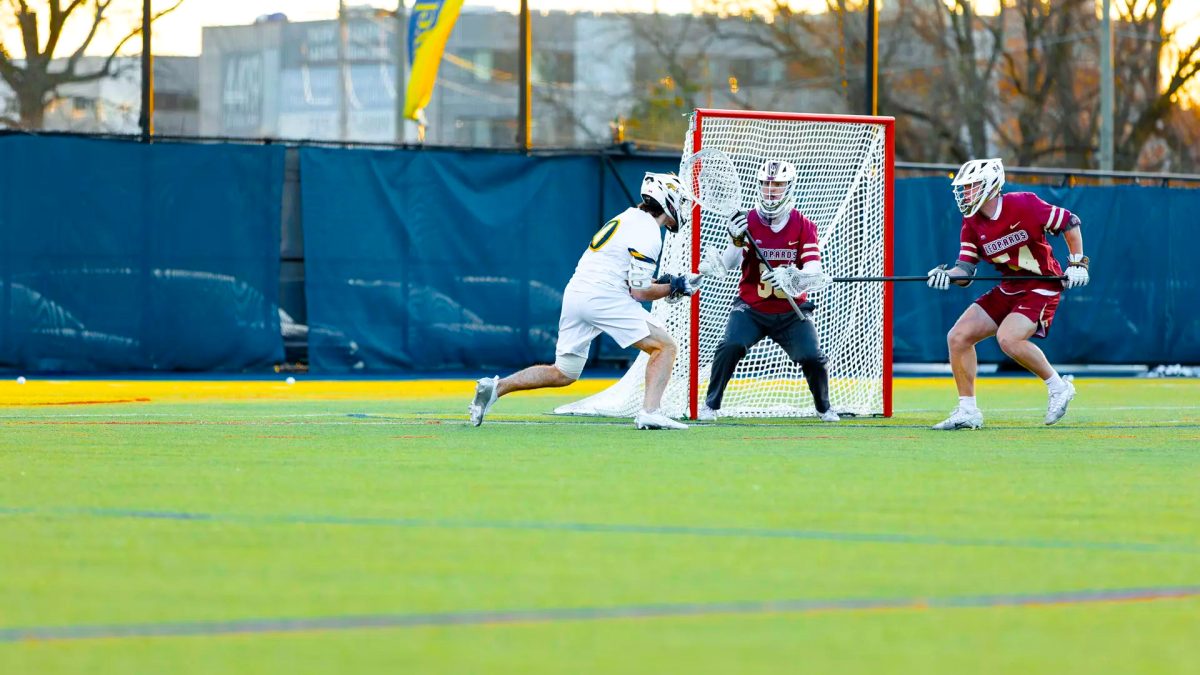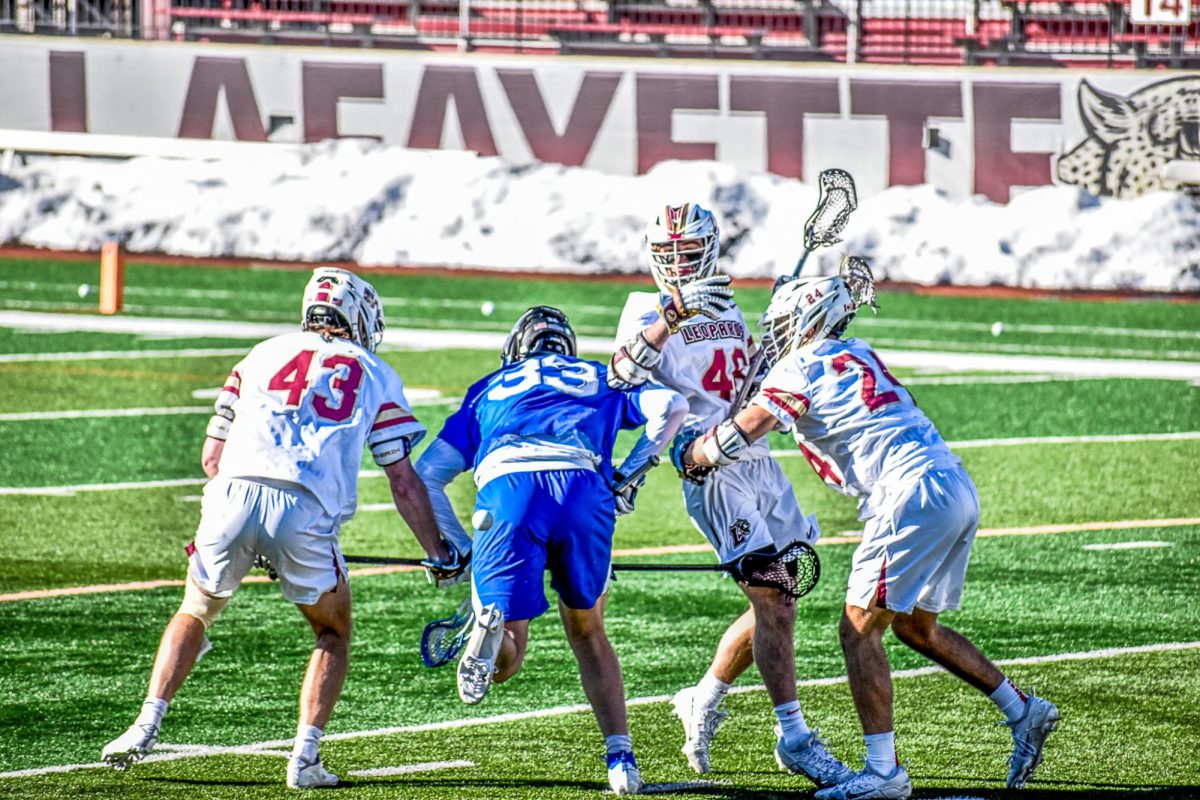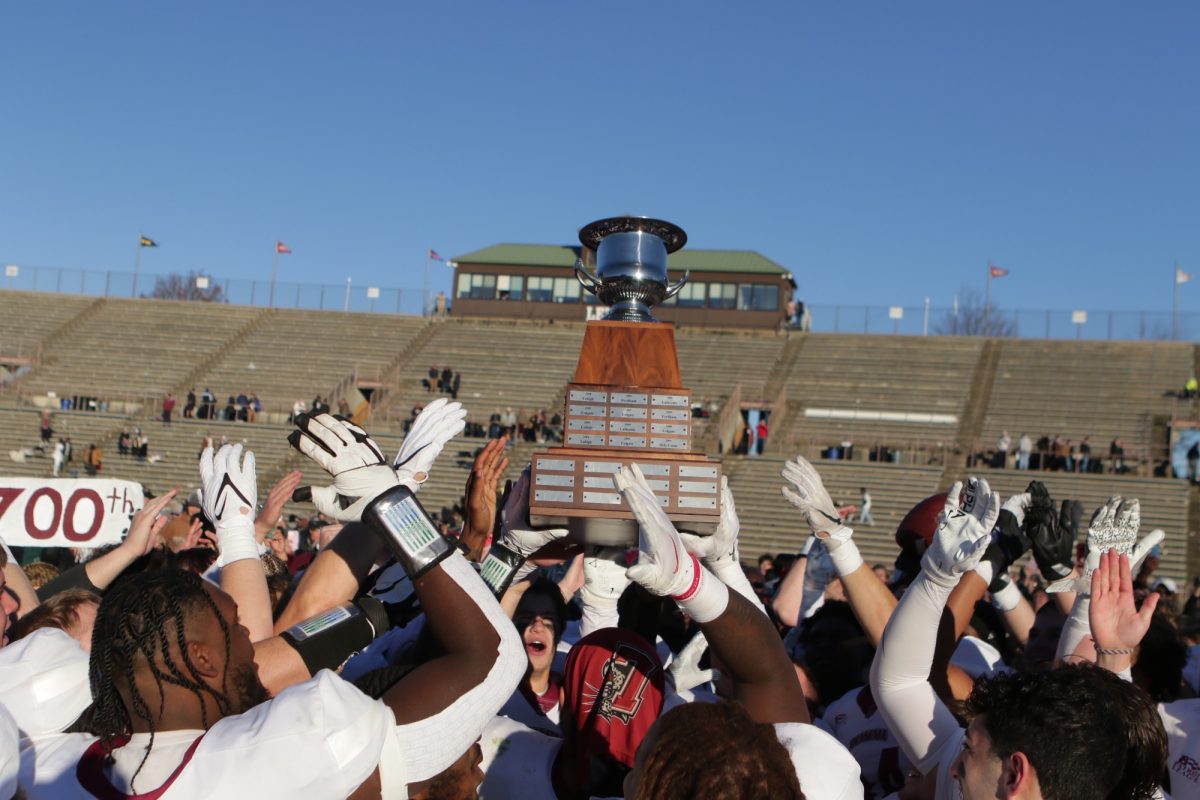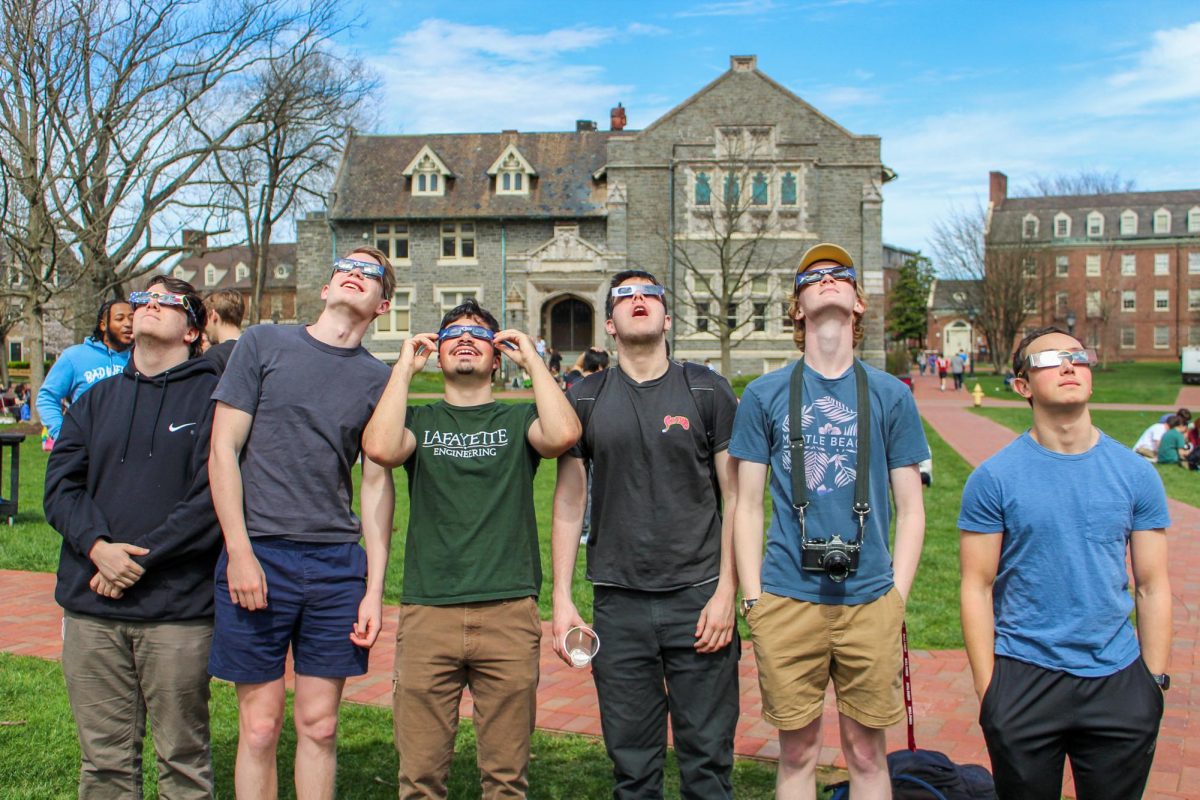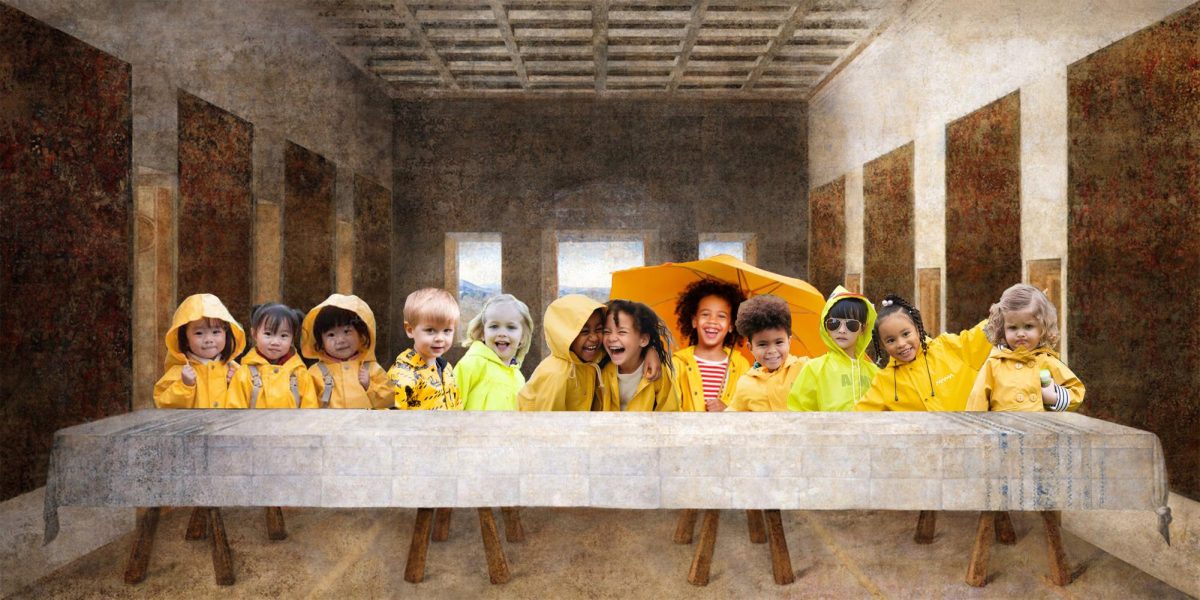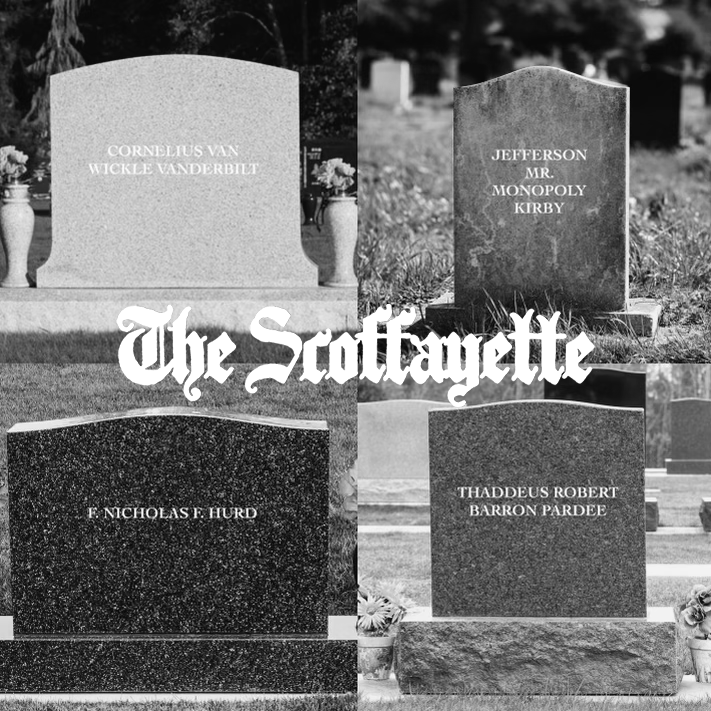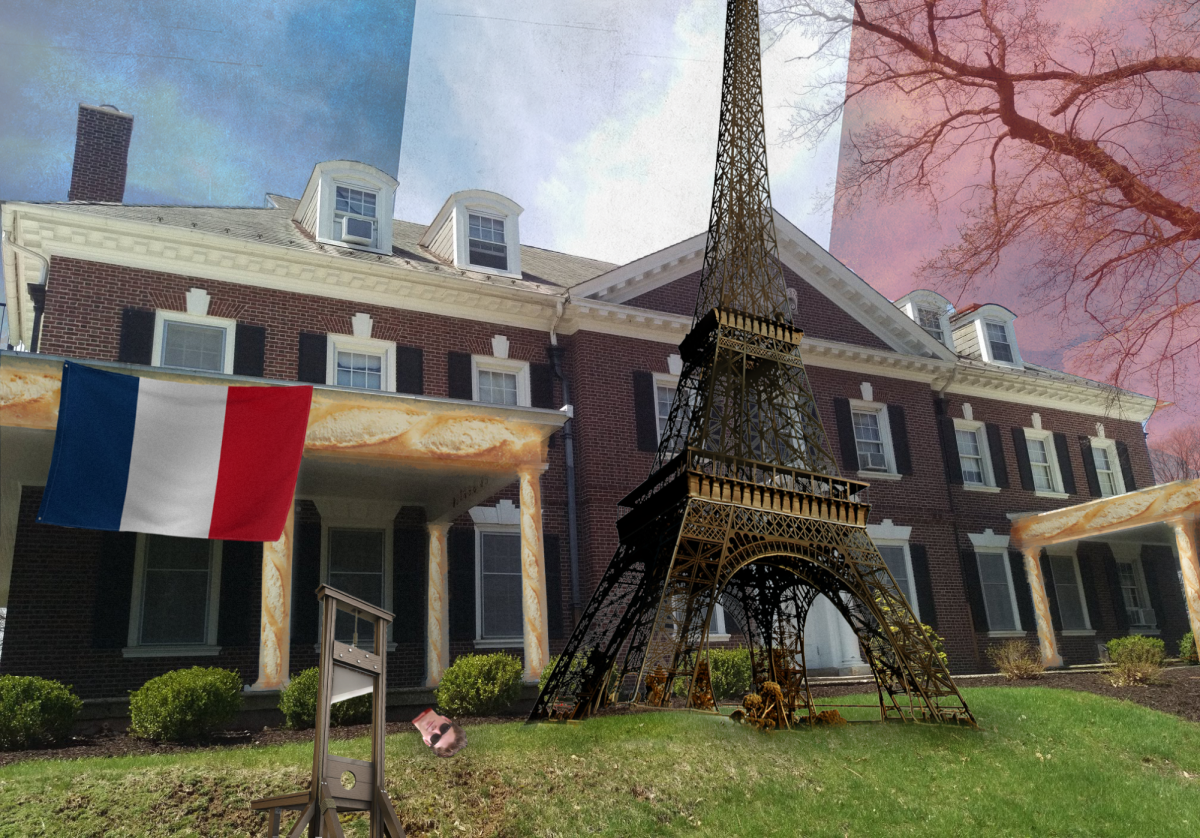Greek life has long been a hot topic at Lafayette, both on and off anonymous social media platforms. It has a long — and complicated — history, but an equally interesting architectural past on campus.
At least 13 current campus buildings — academic, administrative and residential — are, or have been at some point in time, fraternity houses. That’s not even including the houses in the surrounding neighborhood or The Lafayette Inn. Places where secret pacts were made and parties were hosted are now where your professor grades your final exam.
This is not a comprehensive list of college fraternities or buildings. That article would take up the entire Culture section.
635 High Street
Chapter: Kappa Delta Rho fraternity
Timeline at location: 1931-2011
Reason for closure: Disciplinary action
Perhaps the most infamous unrecognized group on campus in recent years is the fraternity Kappa Delta Rho, or KDR, which used to occupy 635 High Street before having its charter revoked by the national organization in response to disciplinary action in 2011. Just two years later, underground organizations were banned on campus after a student died after alleged involvement with a recruitment event for KDR.
Today, 635 High Street is a men’s dormitory and a group of students are attempting to return the fraternity back to campus.
Logan Cummings ‘27, a current resident of High Street, said that there are still some remnants of the fraternity in the building.
The basement is consistently locked, but “sometimes when workers go in there, you can see the KDR colors back there,” he said.
He added that some of the fire extinguishers say “KDR” on them.
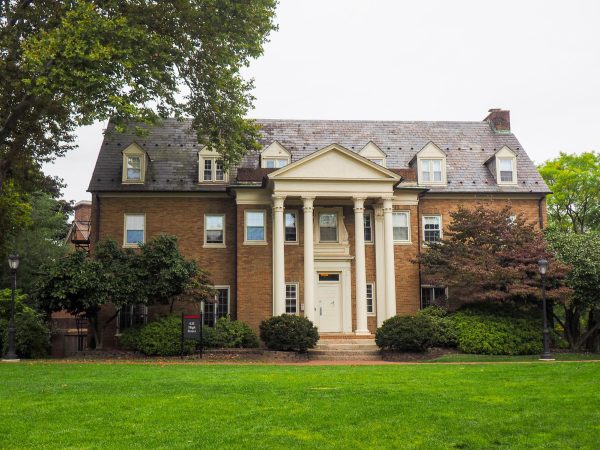
Conway House
Chapter: Sigma Alpha Epsilon fraternity
Timeline at location: 1963-1997
Reason for closure: Disciplinary action
While three remain fraternity and sorority houses, the quadrangle of identical and mirror-image dormitories across from the tennis courts used to all be fraternity houses. The converted Conway House is now the smallest first-year dormitory on campus after its previous occupants, the college’s Sigma Alpha Epsilon fraternity chapter, failed to meet new regulations for on-campus Greek life and was advised to close by the national organization.
Em Pagan ’27, a resident advisor for Conway, pointed out that the building doesn’t have a water fountain, which she has only seen in Greek chapter houses.
“We also have a really cool basement and common area that I think is a lot different,” she said, noting that the spaces facilitate community within the dorm.

Farinon College Center
Chapter: Delta Upsilon fraternity
Timeline at location: 1912-1988
Reason for closure: Disciplinary action in 1988, reinstated 1993
Yup, that’s right: Farinon College Center used to be the site of the fraternity chapter’s house. The chapter was disbanded in 1988, and the following year, its house was razed over to make room for the Farinon family’s college center donation. This became a bit of an issue when the chapter was reinstated just five years later.
The Farinon we know today was built over the site of the residence — facing some resistance from the community — but the fireplace was constructed from the remains. Next time you enjoy your Lower order in the conversation pit, imagine the spirits of fraternity brothers enjoying the warmth of the fire beside you.
“It’s pretty neat knowing just the history of all these buildings,” said Jaden Wurm ’26, who was found sitting by the fireplace.
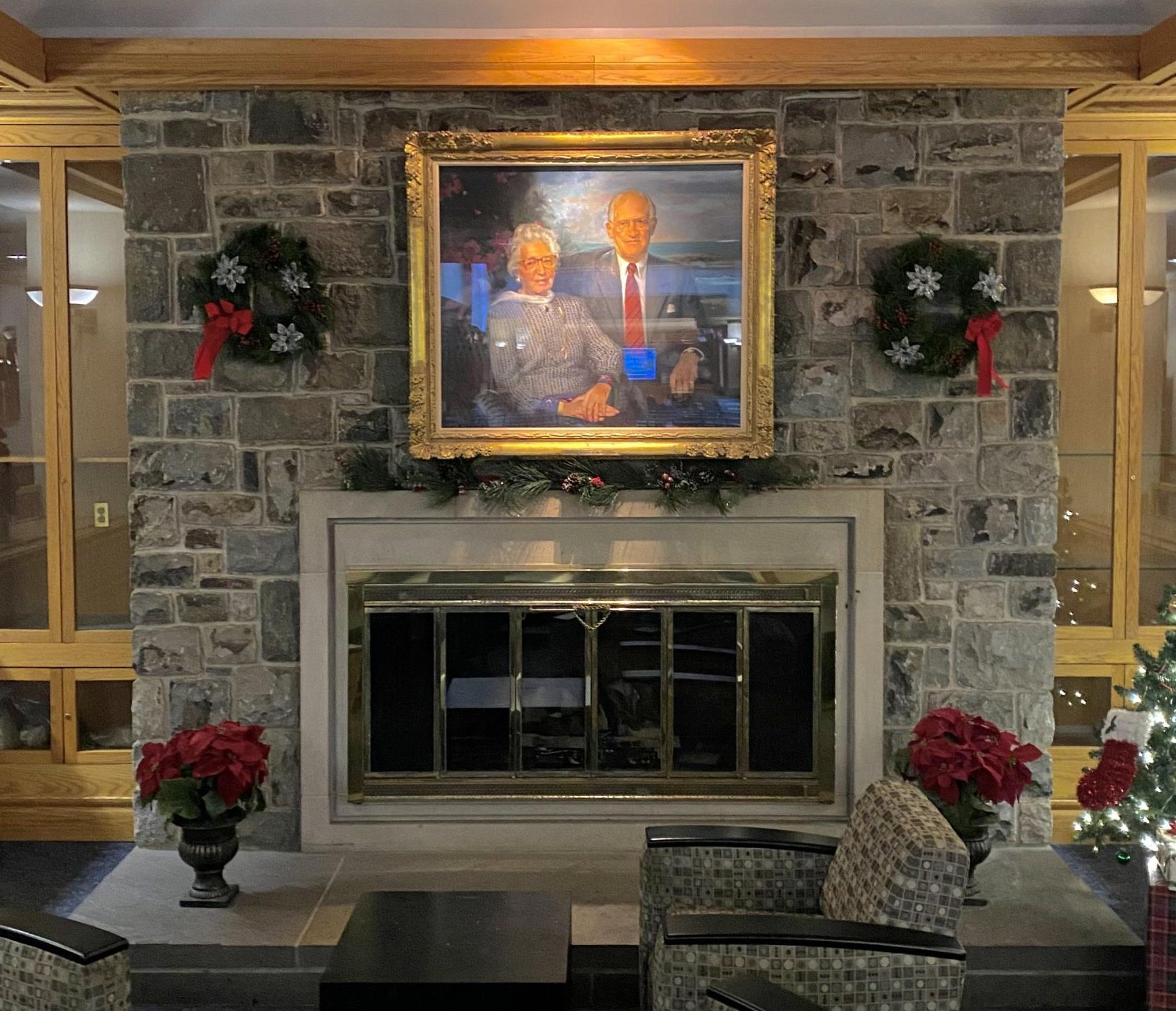
Lavender Lane
Chapter: Delta Tau Delta fraternity, Delta Delta Delta sorority
Timeline at location: 1988, 1990-2020
Reason for closure: Disciplinary action, chapter relinquished
Lafayette’s newest group living space and only fully gender-inclusive residence hall has its own — and contentious — Greek life history.
While Delta Tau Delta’s chapter is alive and well on campus today, the chapter only returned in 2016 after having its charter revoked for disciplinary action just months after Delta Upsilon closed in 1988. The Delta Delta Delta sorority filled the space until the chapter was relinquished in 2020 following community pressure to “abolish Greek life” on campus. A void was left for several years before becoming Lavender Lane in 2022.
“In one of the kitchen drawers, someone engraved ‘Tri-Delt,’” said Jess Heske ‘25, a co-president of Lavender Lane and house resident. She has done her own research on the history of the ownership of the house.
Heske added that there is “definitely nothing really left of DTD.”
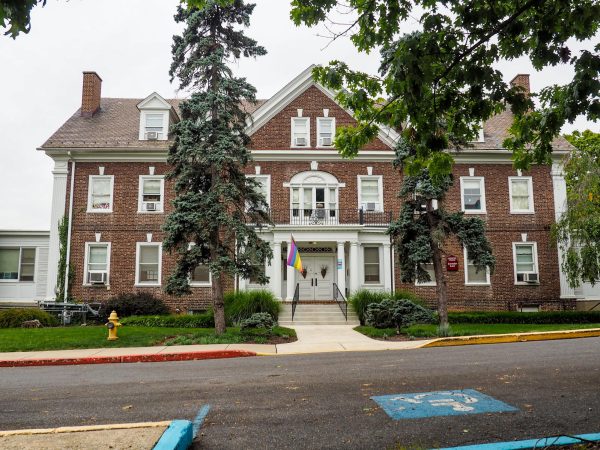
Scott Hall
Chapter: Phi Delta Theta fraternity
Timeline at location: Unknown-1993
Reason for closure: Disciplinary action
Scott Hall houses a lot of offices: the Academic Resource Hub, Advising & Co-Curricular Programs, Health Professions, Scholarships and Fellowships. But before all of that, it housed the Phi Delta Theta fraternity, until its several alcohol policy violations the day after a Lafayette-Lehigh game in 1993. In 2011, the building was renovated to facilitate a supportive atmosphere while maintaining its unique architecture. Photos and mementos of the fraternity remain in the interior.
Bob Parsons ‘85 lived in the Phi Delta Theta house for three years when he attended Lafayette and has not been inside since it became Scott Hall. He spoke positively of his previous residence.
“It was right in the middle of everything,” he said. “The college hated it was right in the middle of everything, but we loved it.”
“We had a great time for four years,” Parsons added, also recollecting his bittersweet feelings when the building was sold to the college after his graduation.

Ramer History House
Chapter: Theta Delta Chi fraternity
Timeline at location: Unknown-2001
Reason for closure: Disciplinary action
Now the home base for the college’s history department, Ramer History House was once the Theta Delta Chi house. Built originally in 1867 and featuring classrooms with red walls and kept fireplaces, it’s easy to imagine the cozy home it once provided to students. The fraternity chapter was disbanded in 2001 after it violated several unspecified college and fraternity policies (of which they claimed the alcohol policy was “too strict for anyone to live by”).
The building was renovated five years later to accommodate the history department.
Employees of both Ramer History House and Scott Hall said that during alumni events, the buildings receive (occasionally disruptive) visitors reminiscing on days of fraternities past.
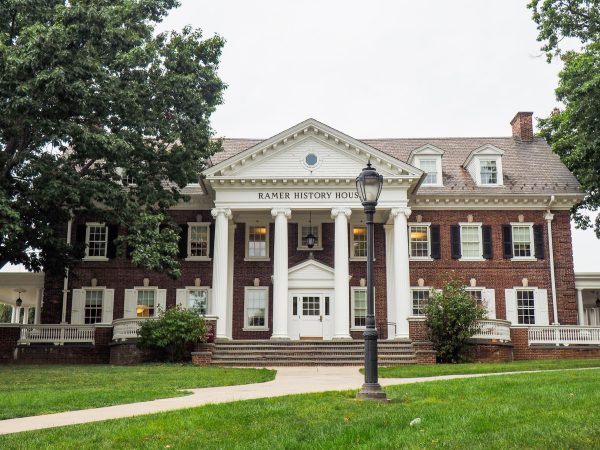
Along with other sources cited and linked, the college archive’s Historical Survey of the Buildings of Lafayette College and Fraternity and Sorority Chapter Histories at Lafayette were the main sources of information for this article.








